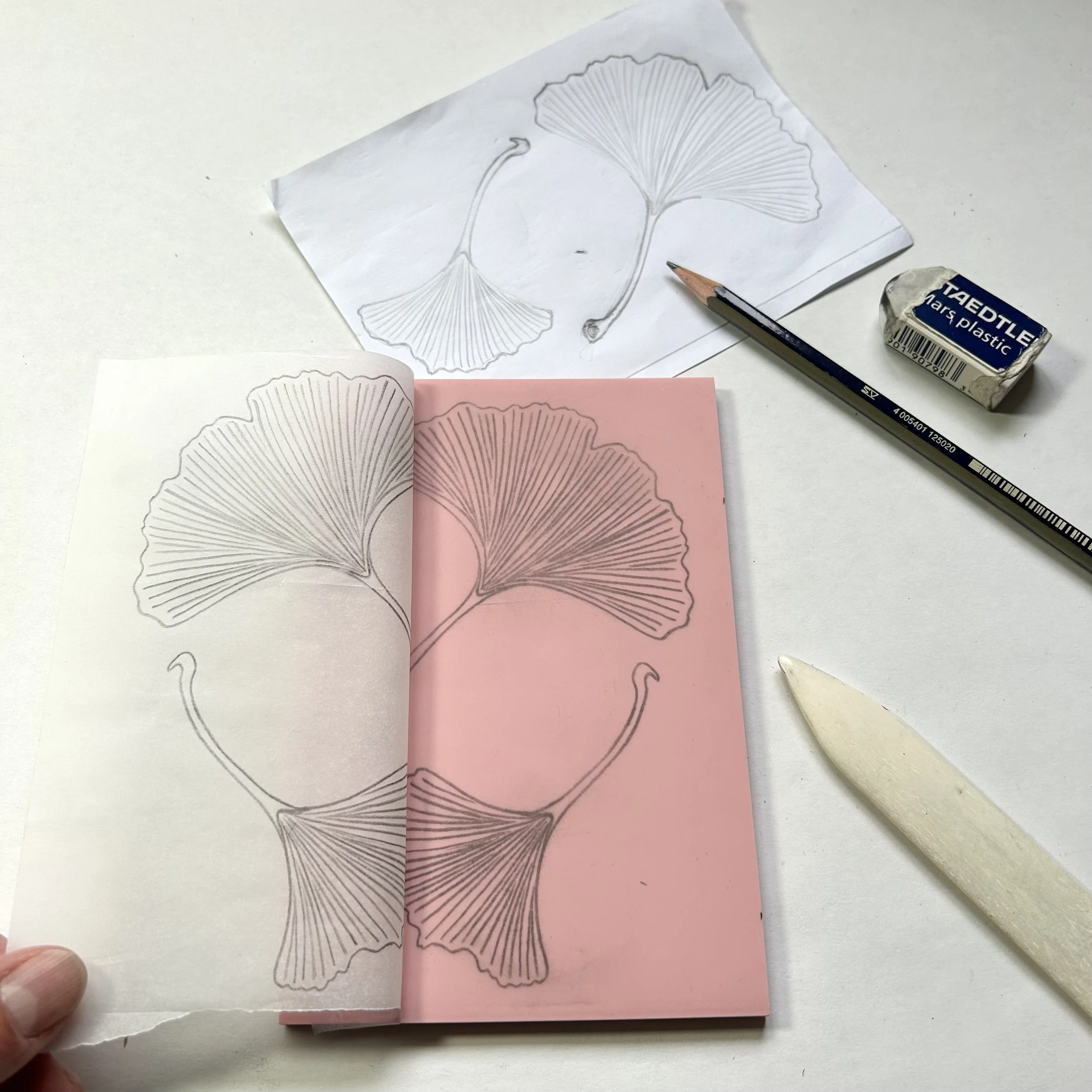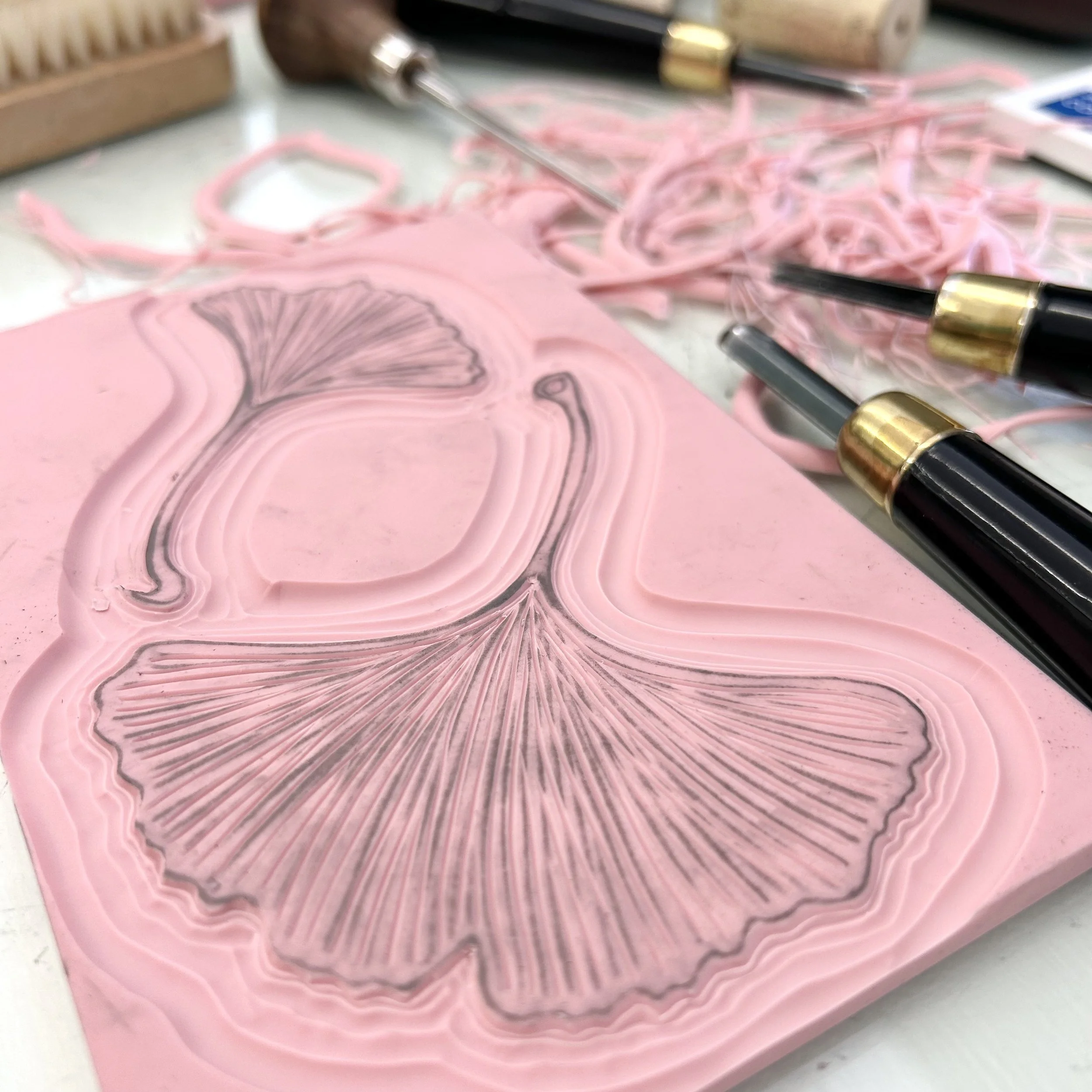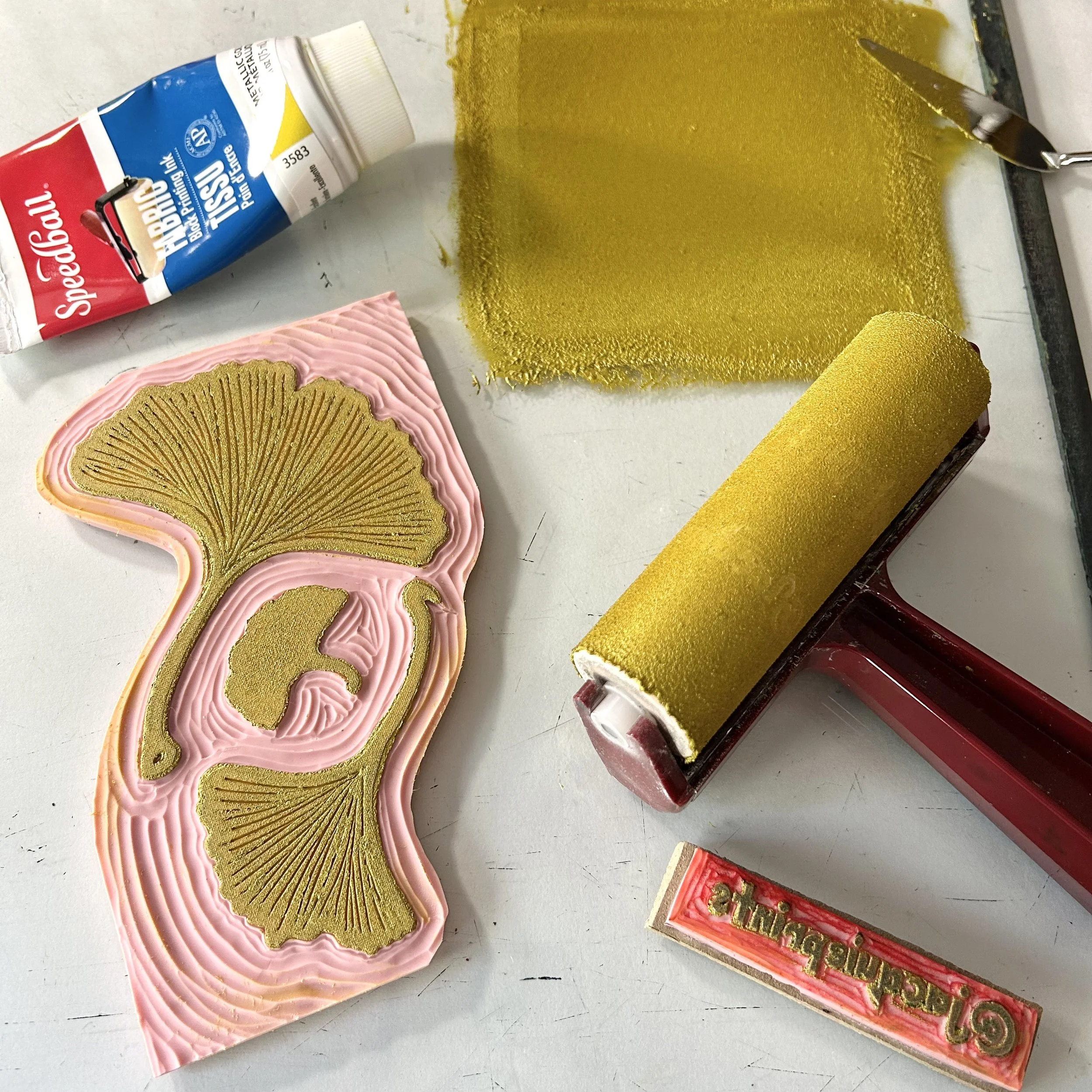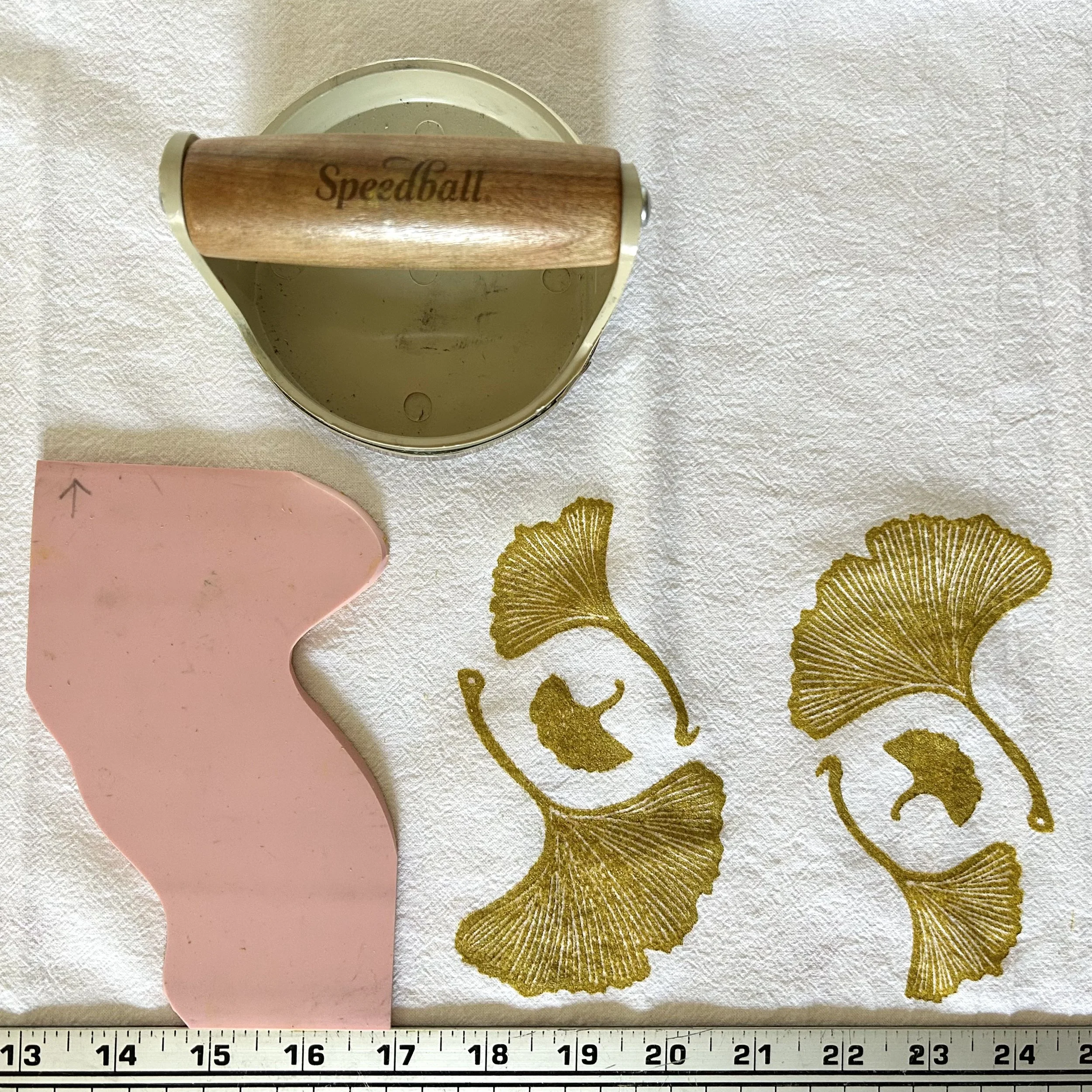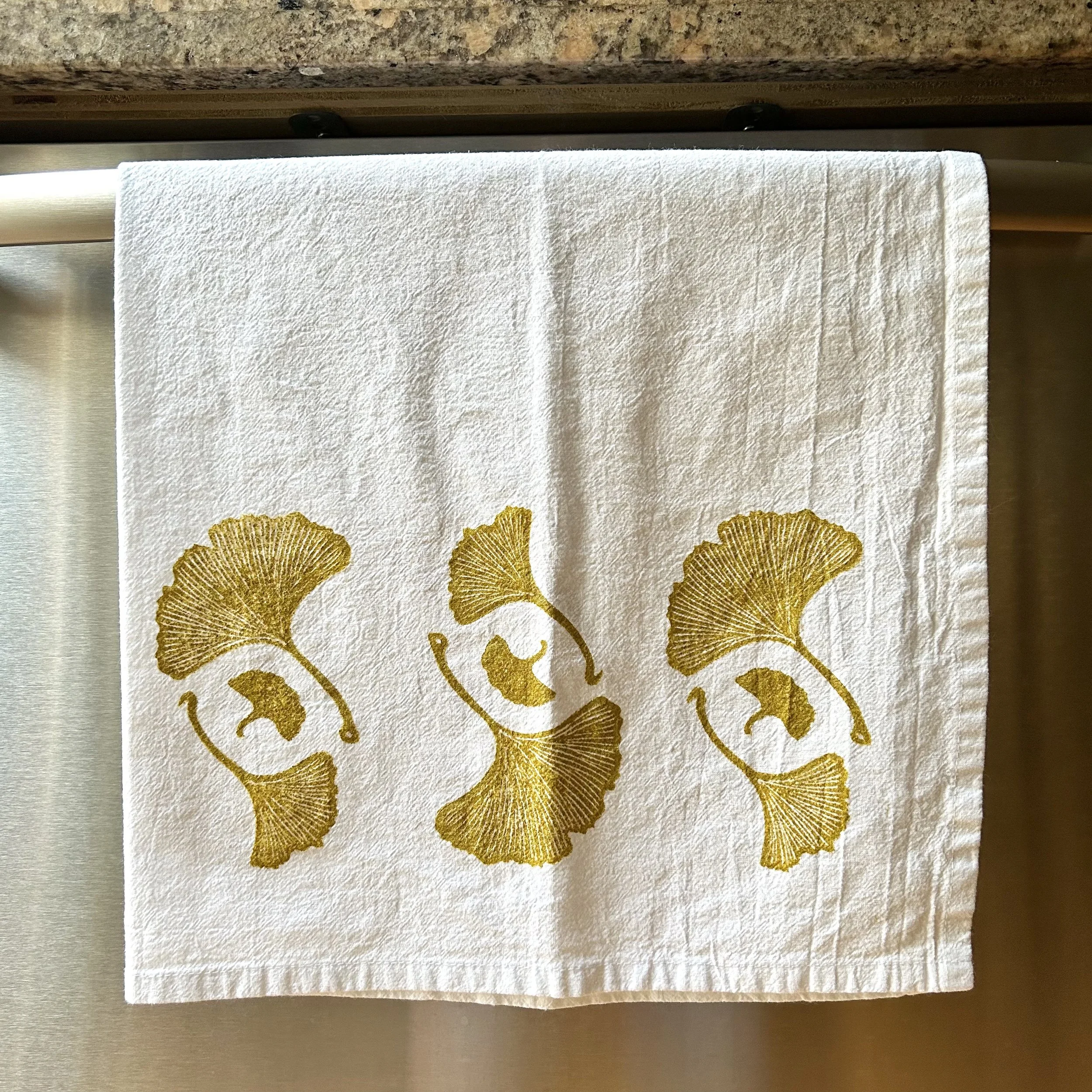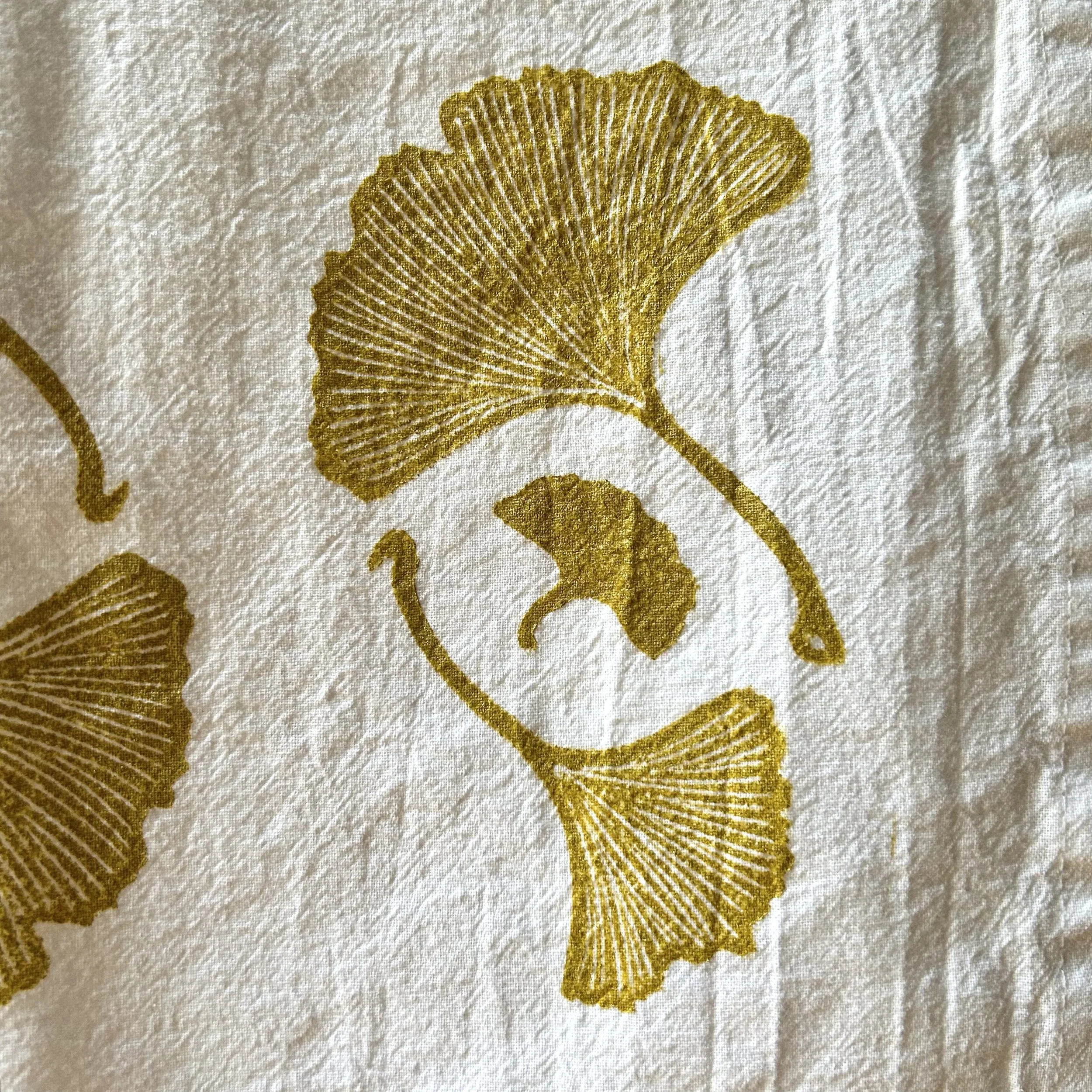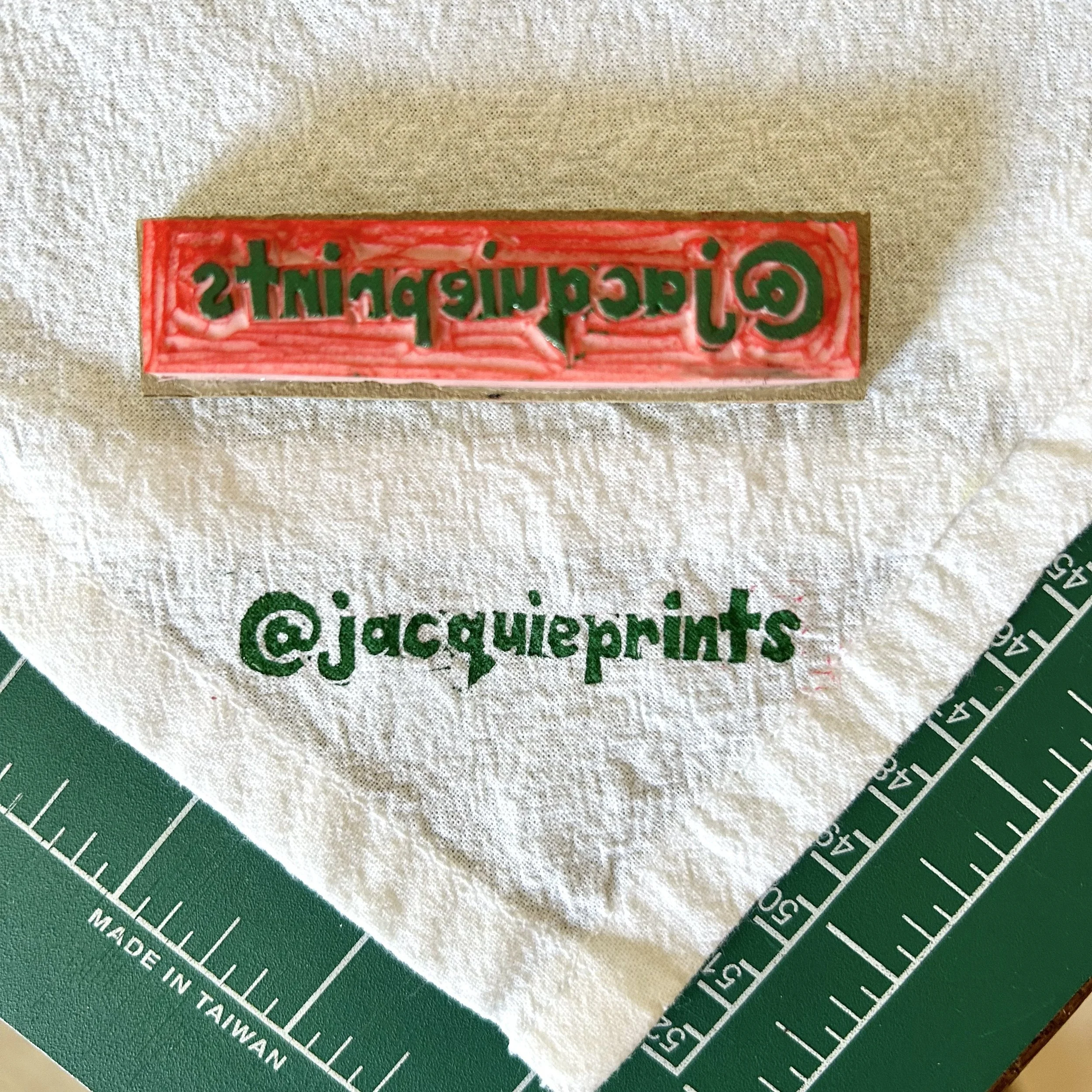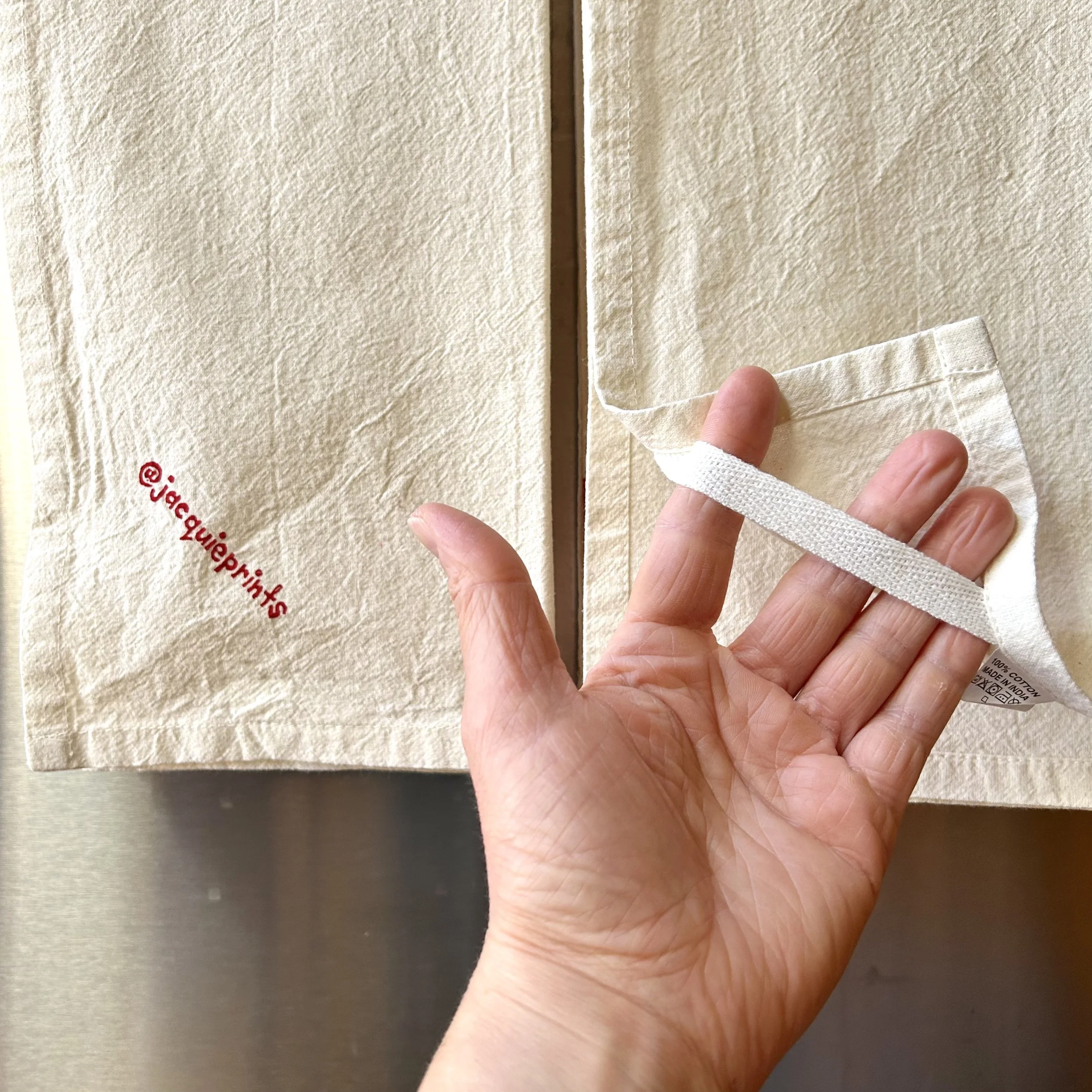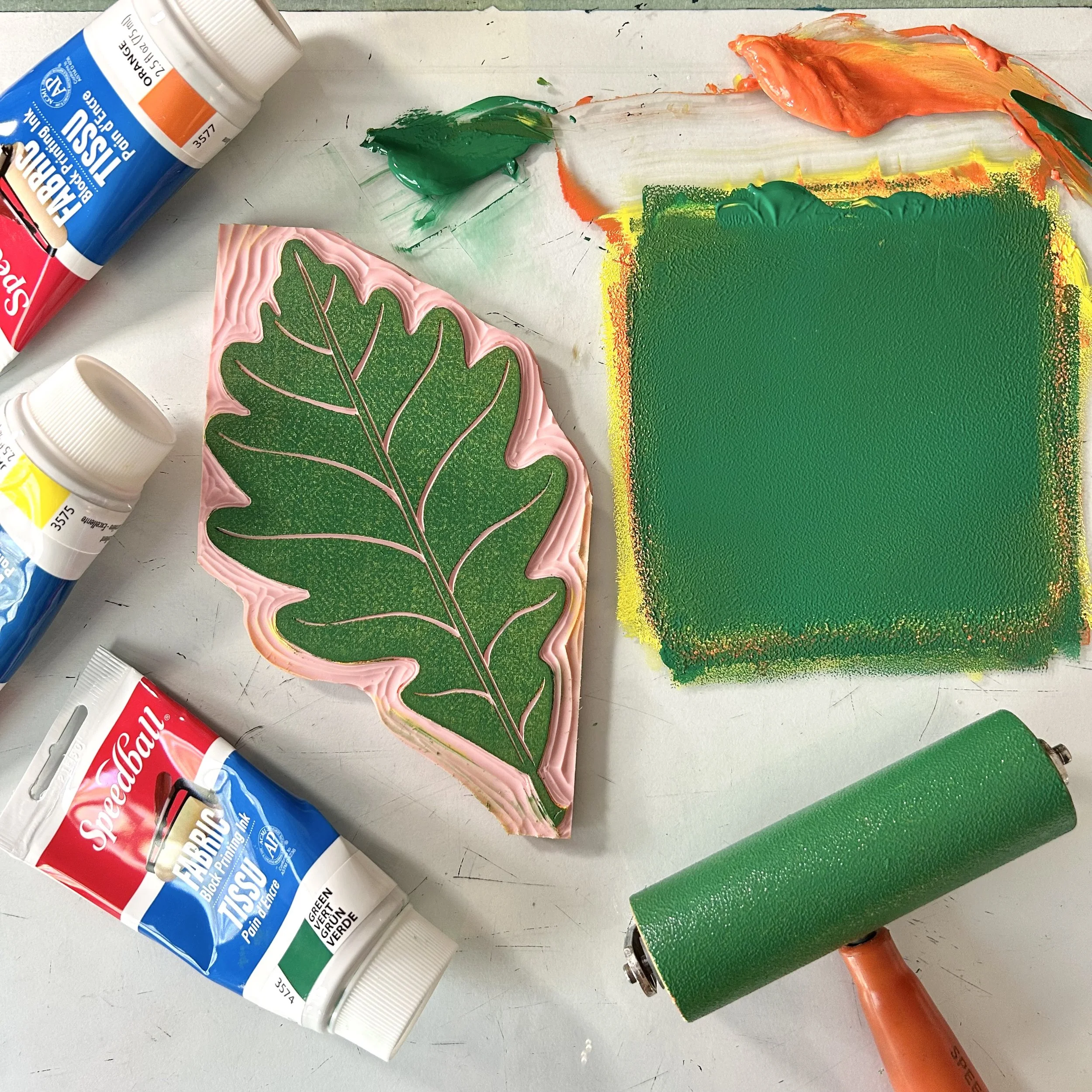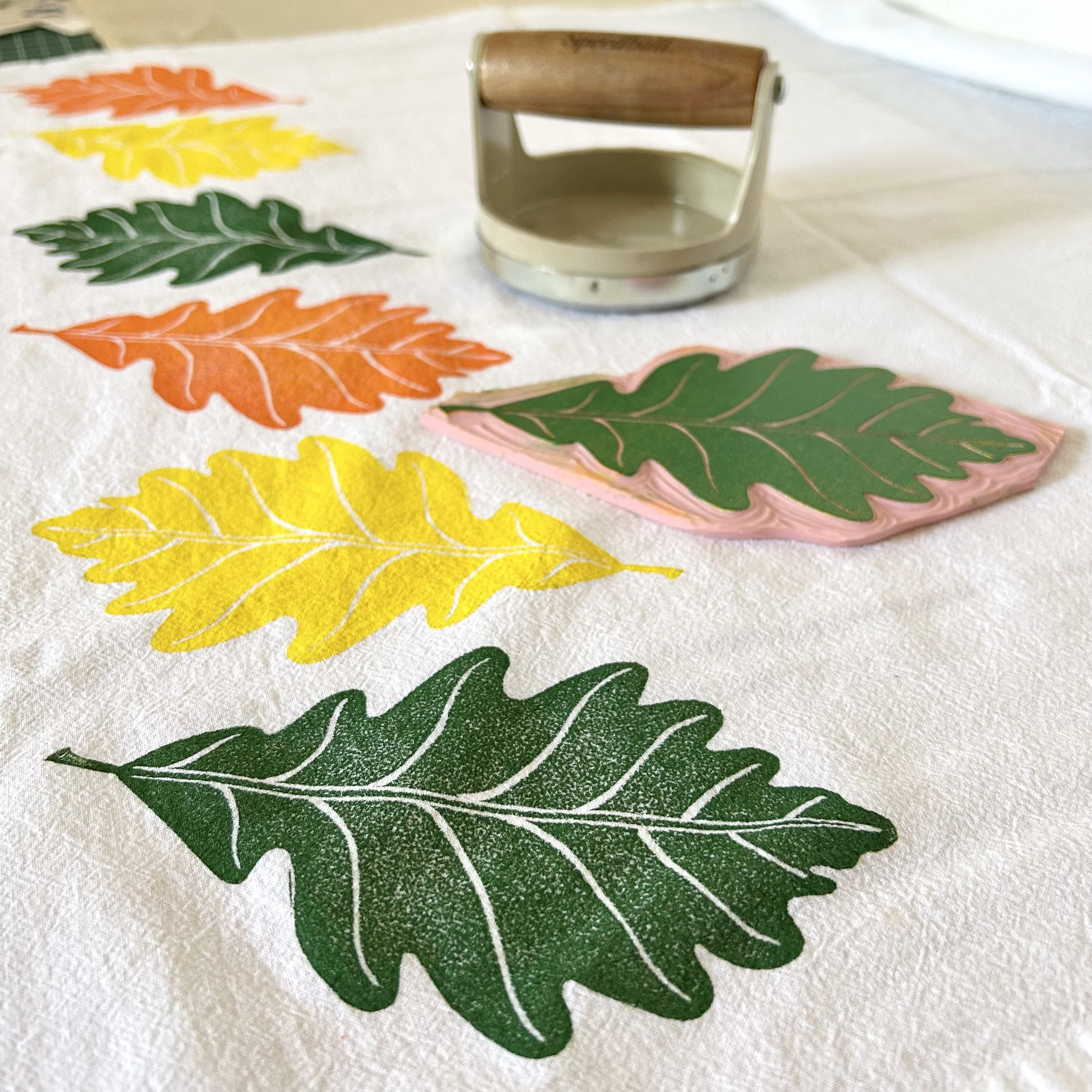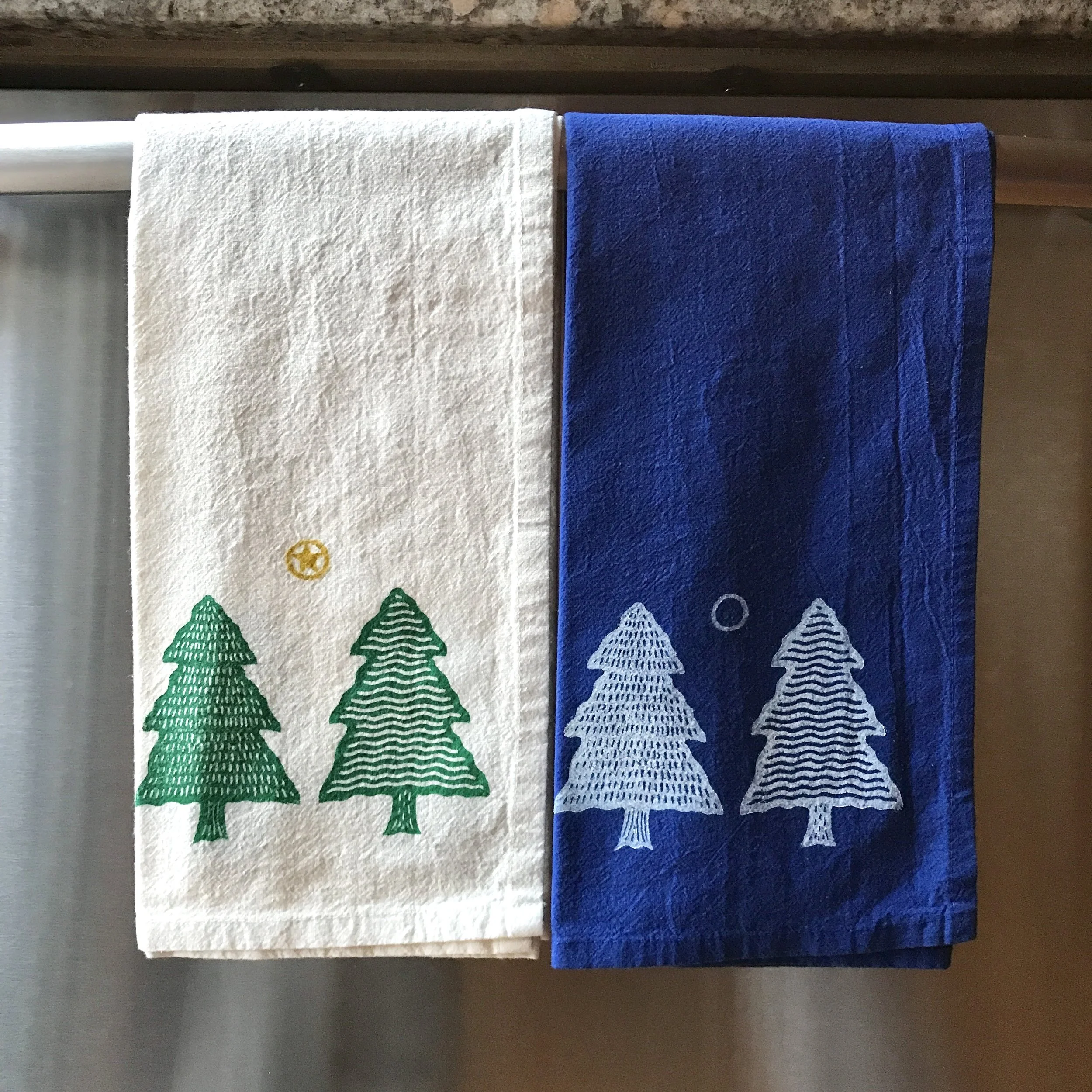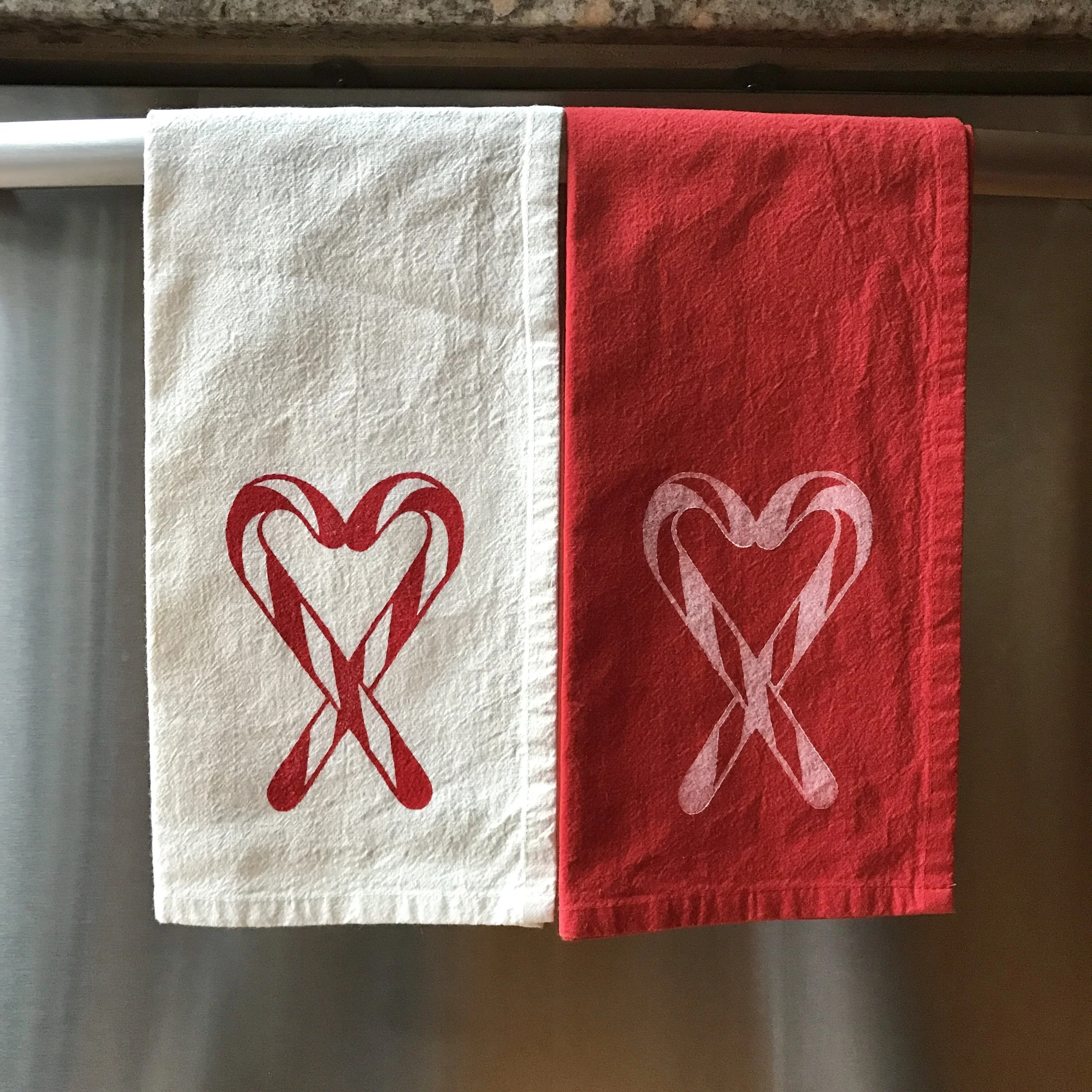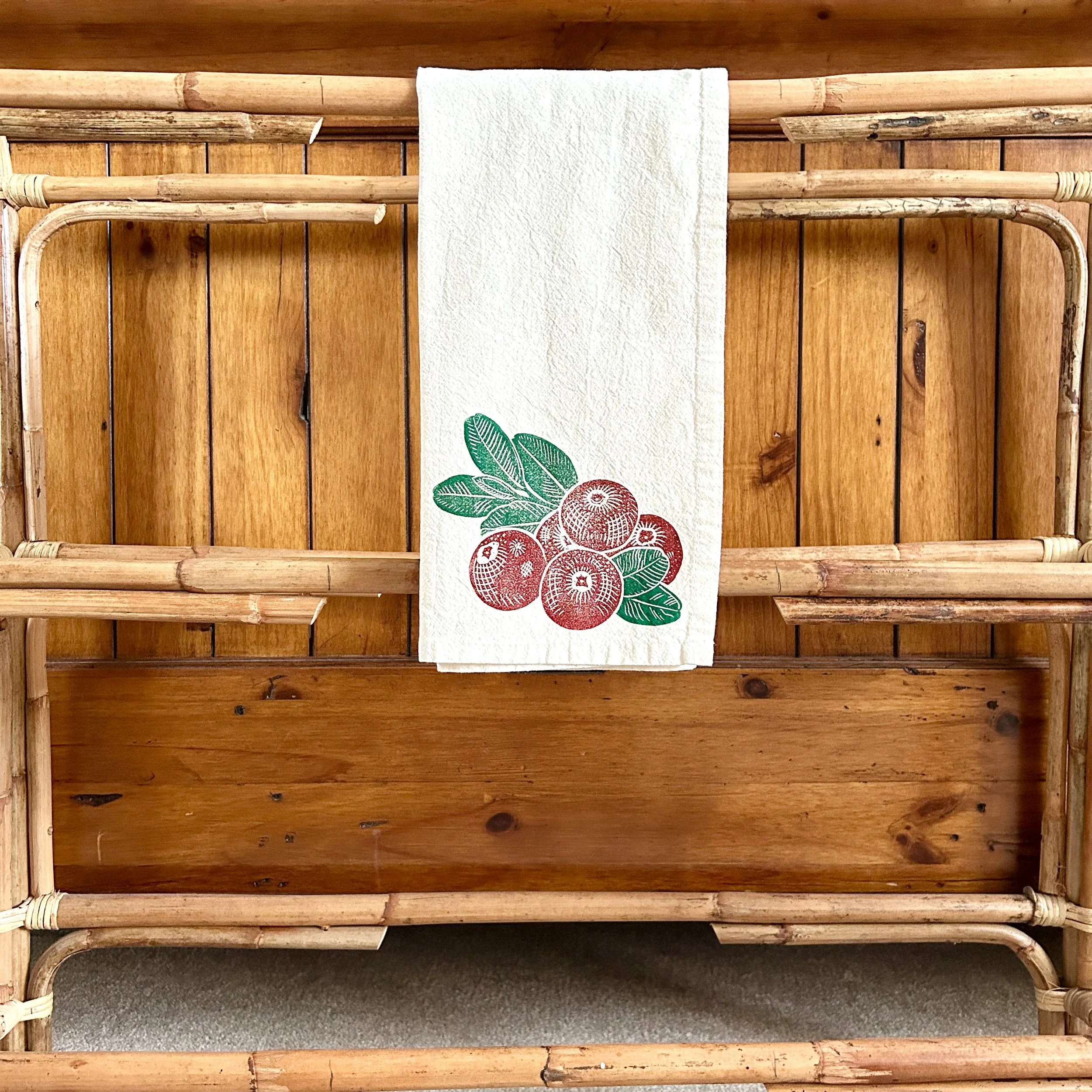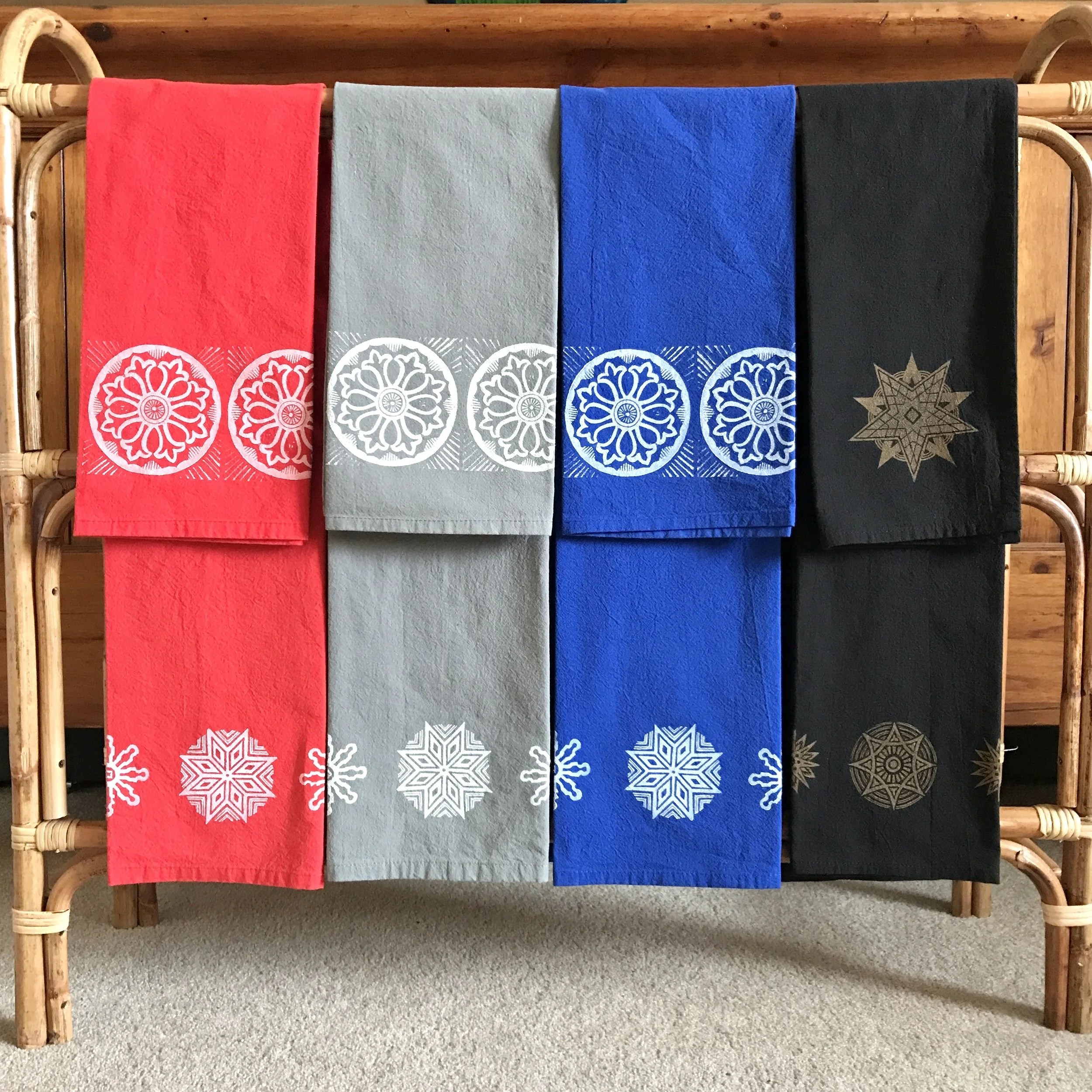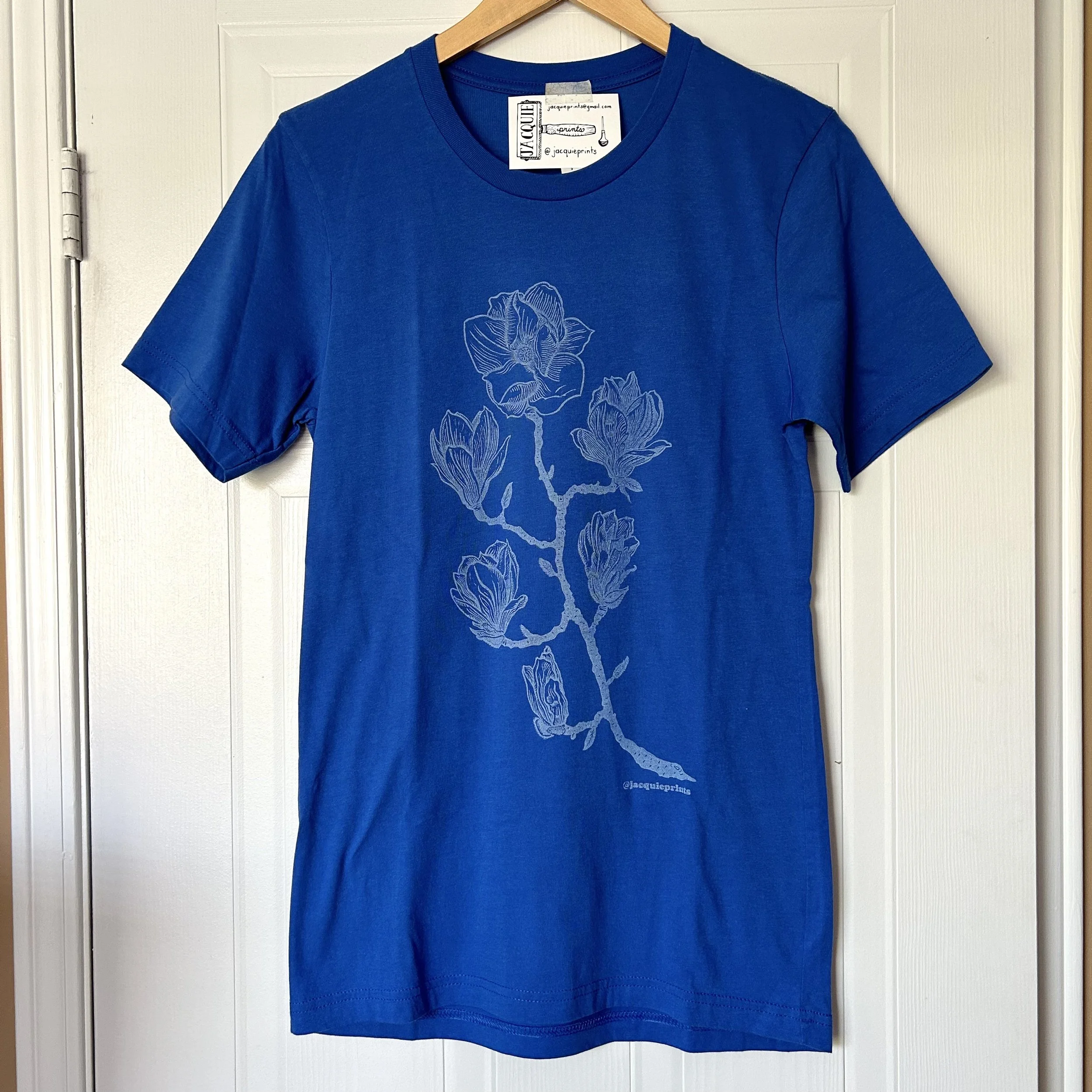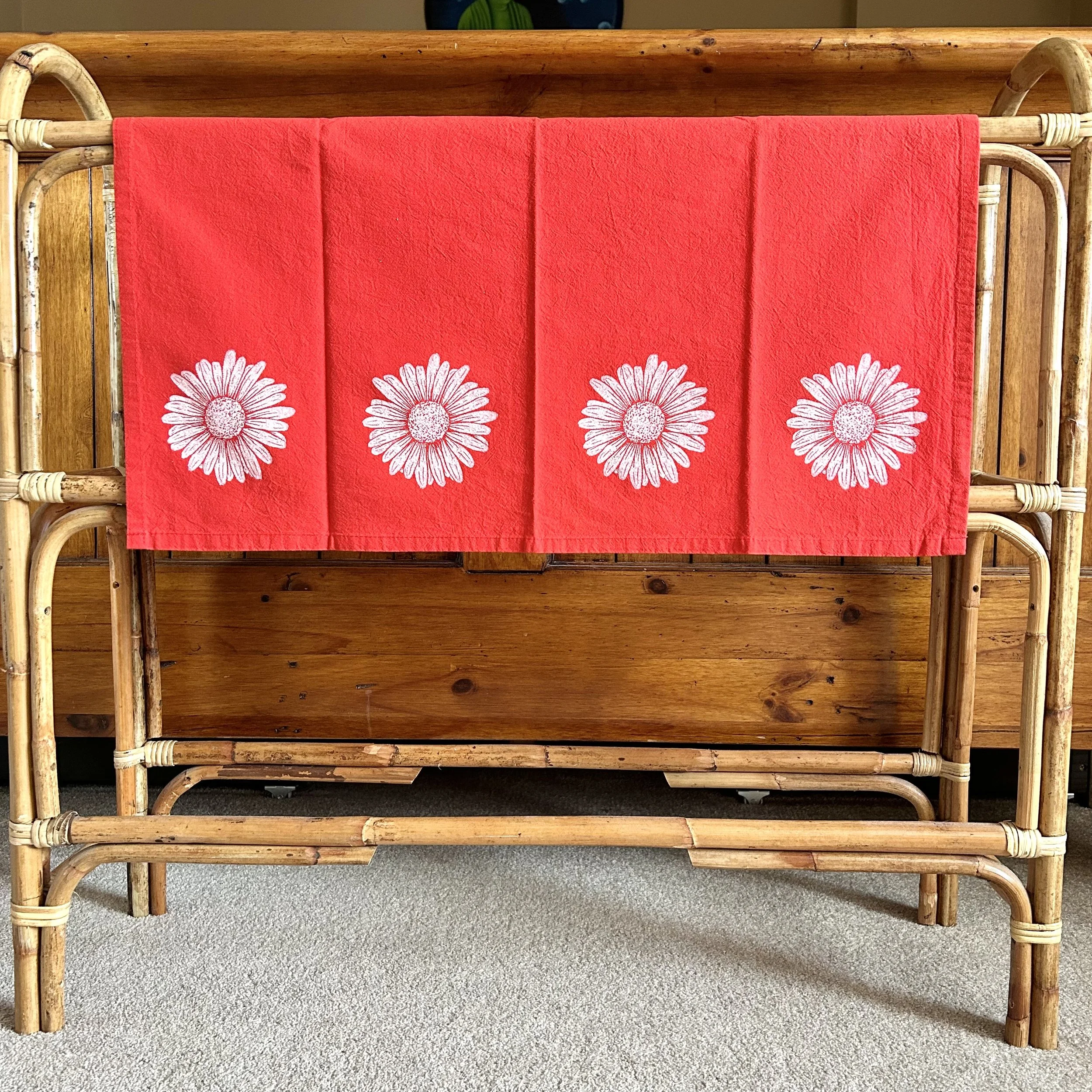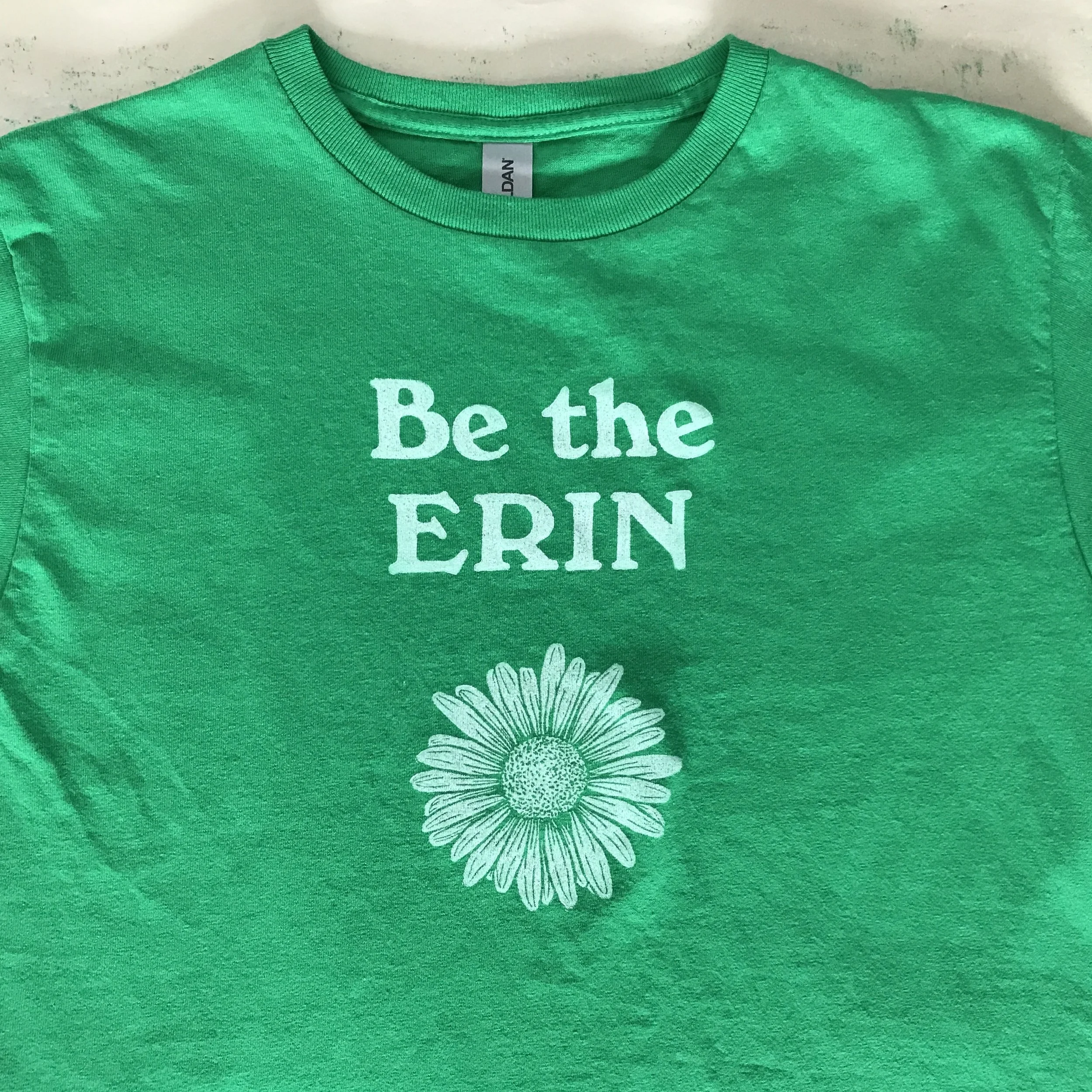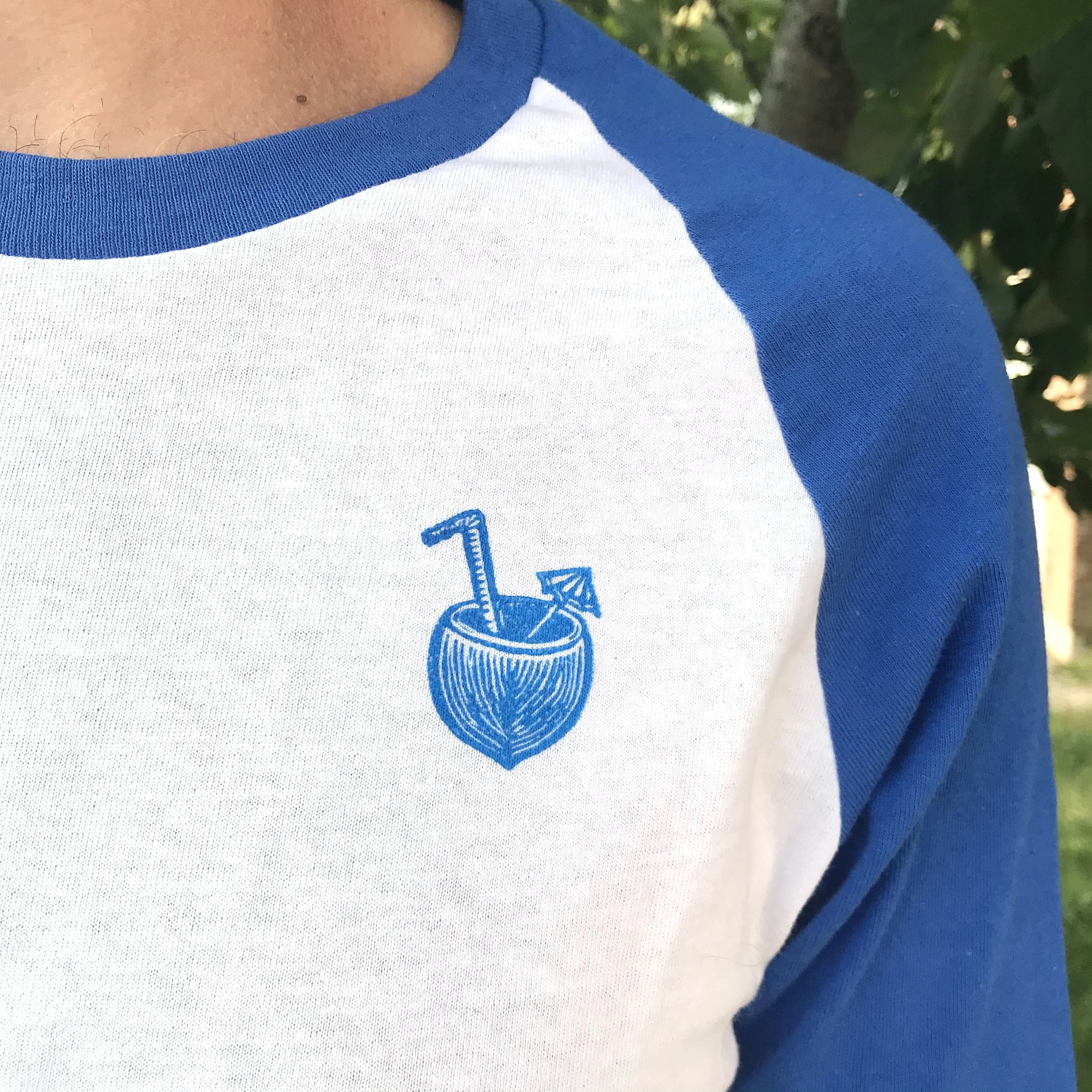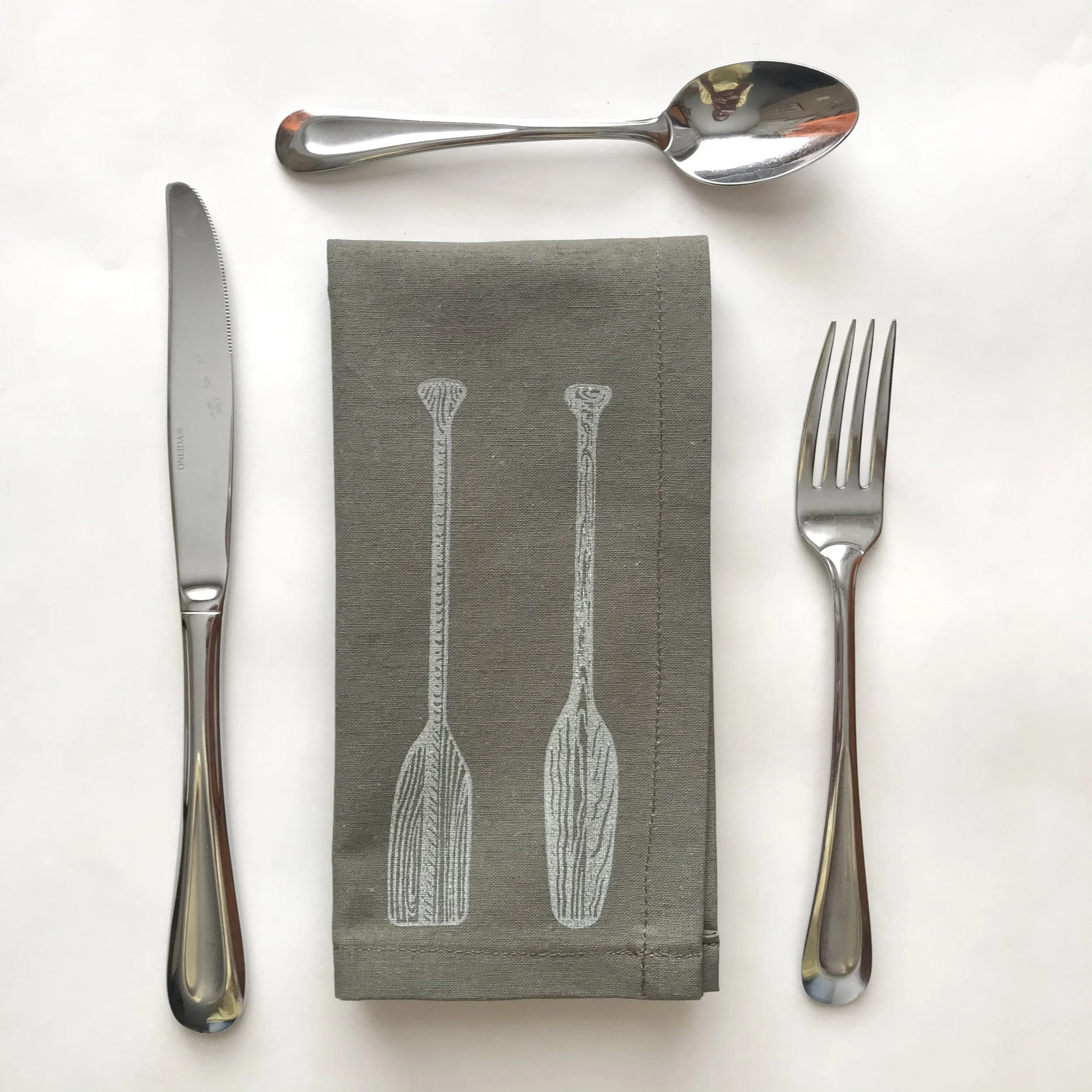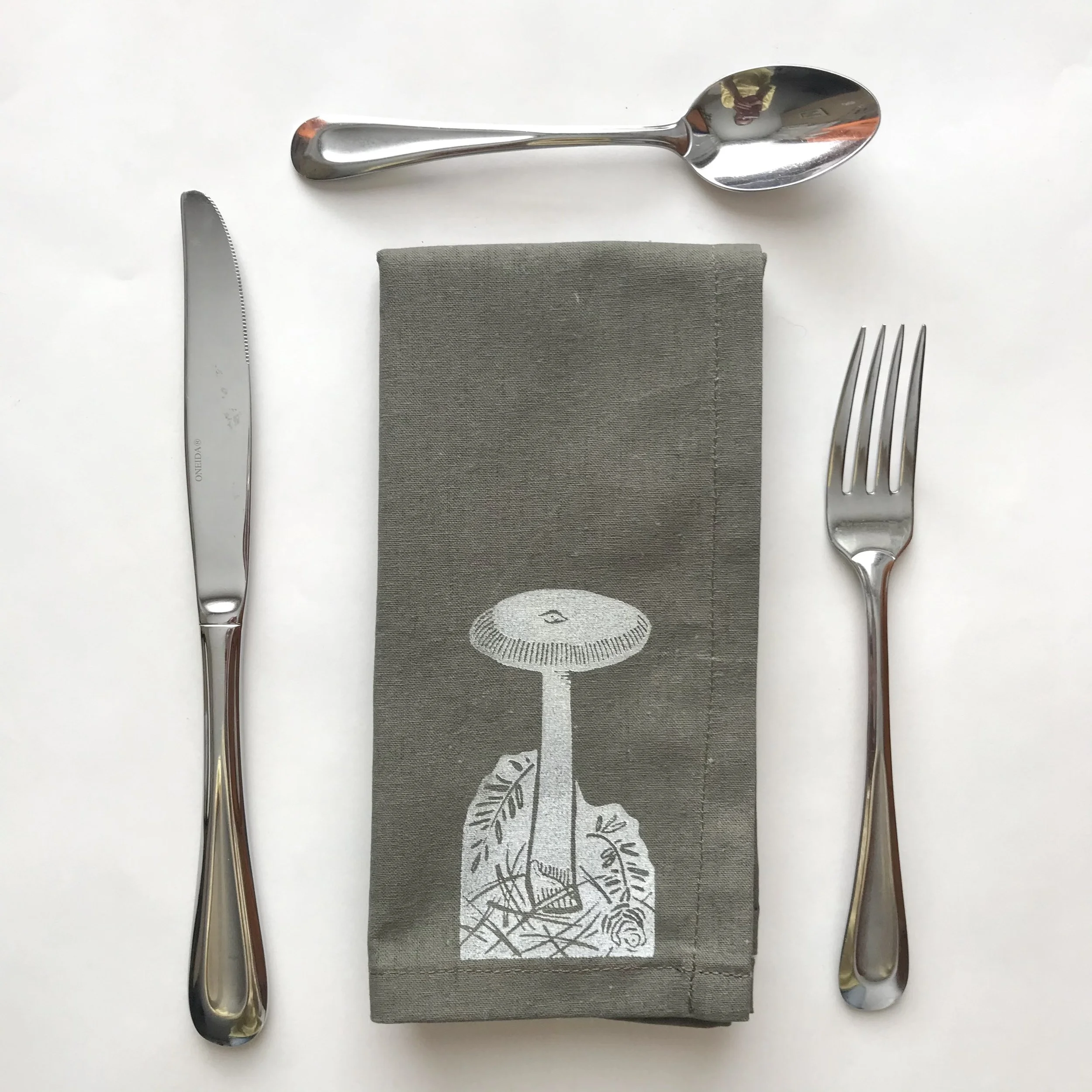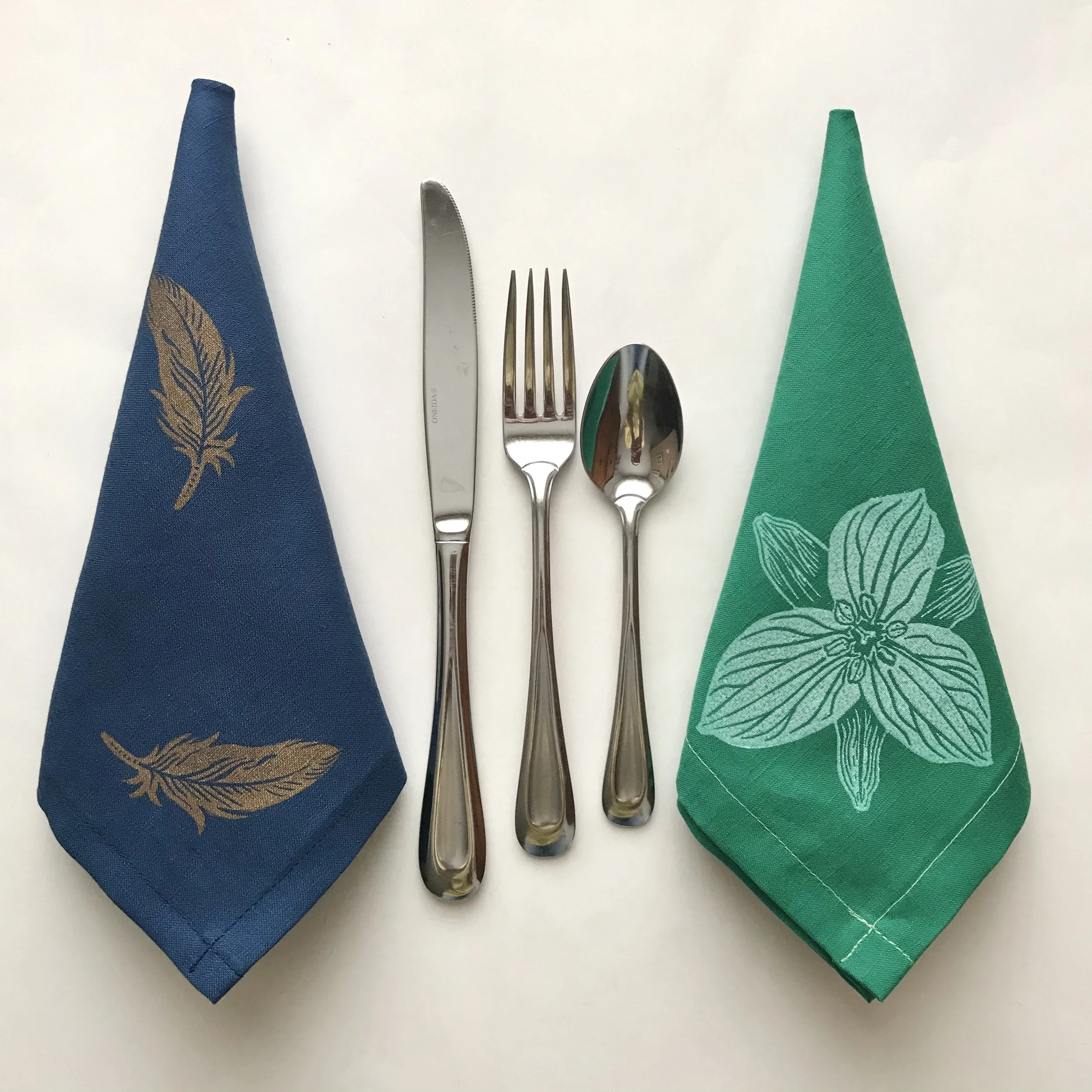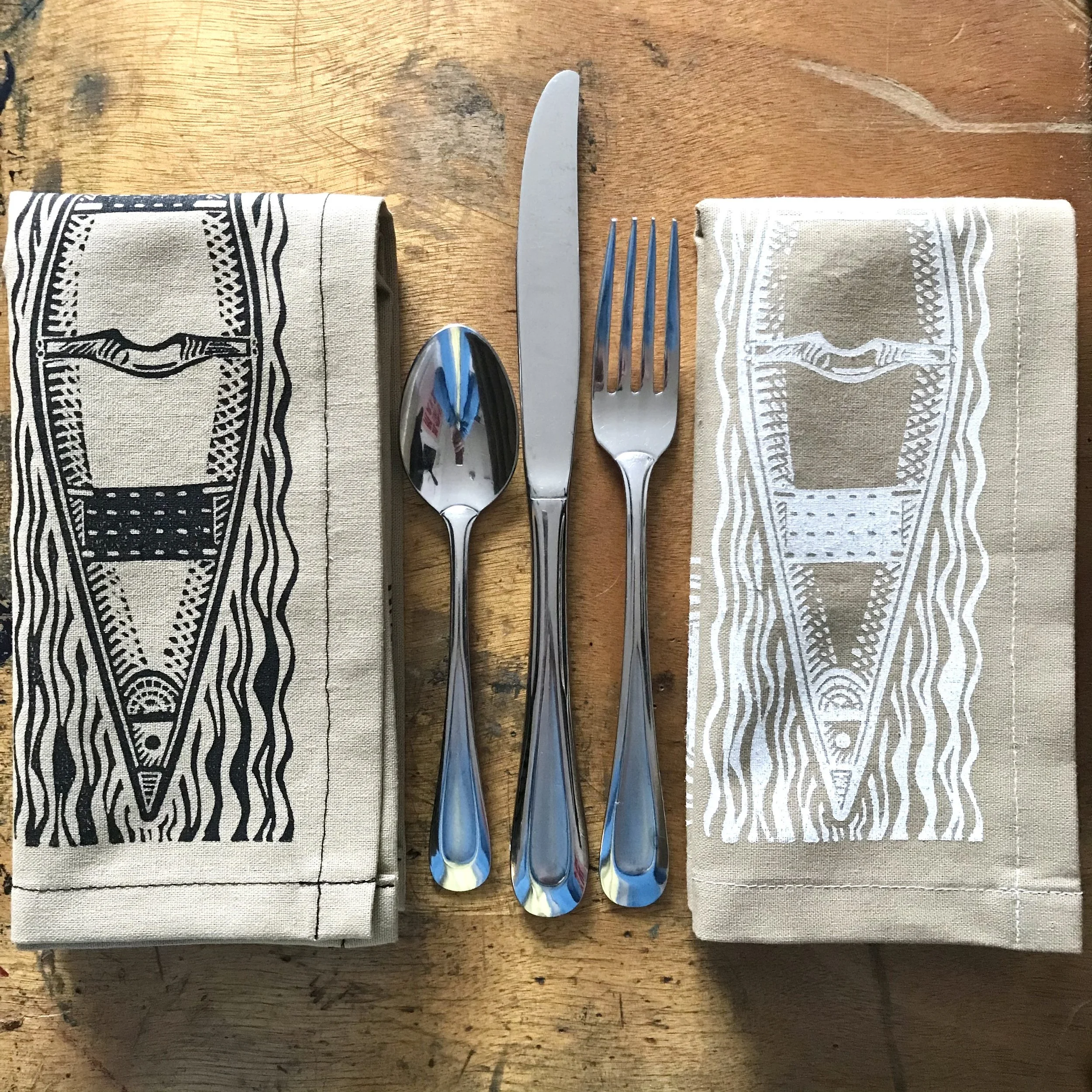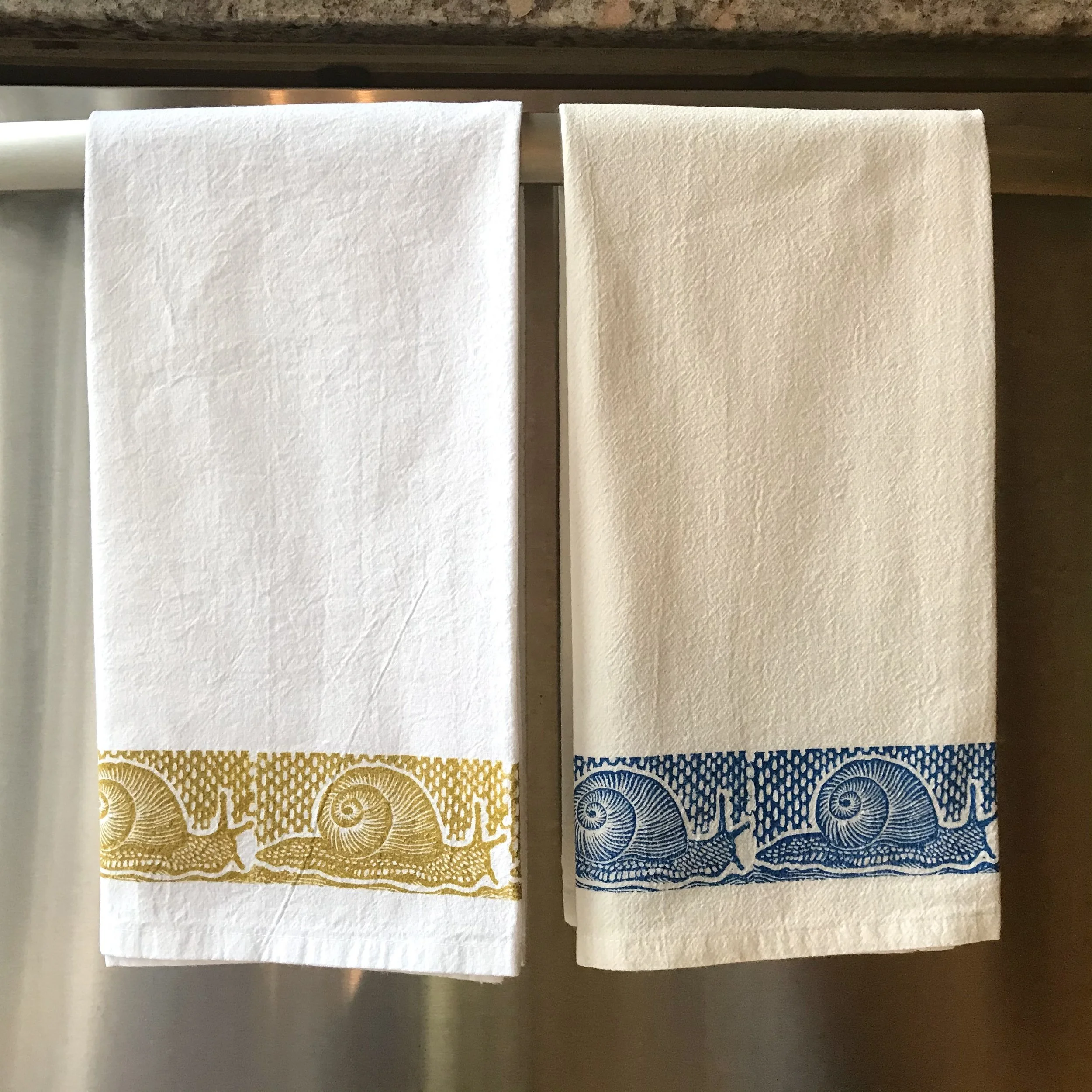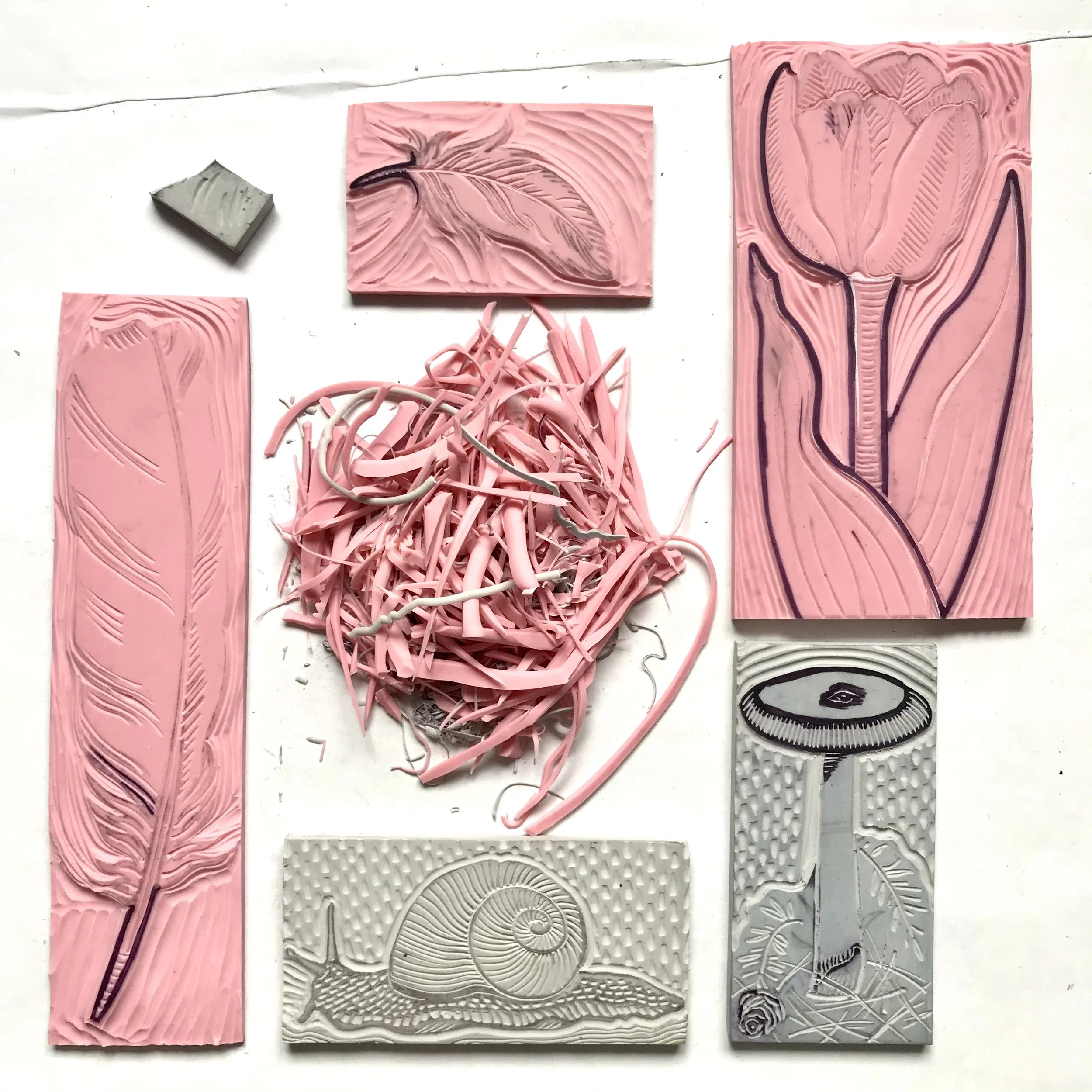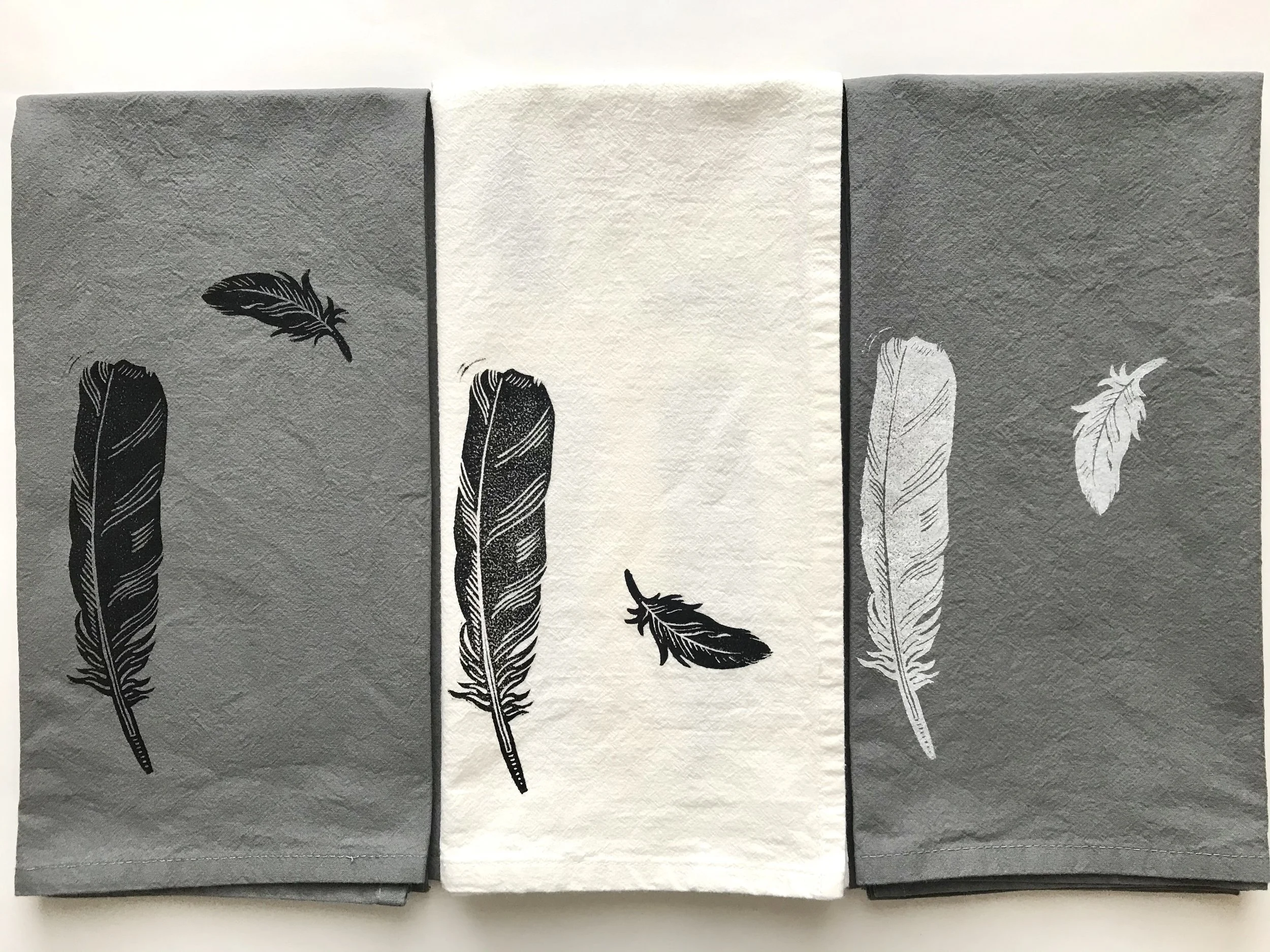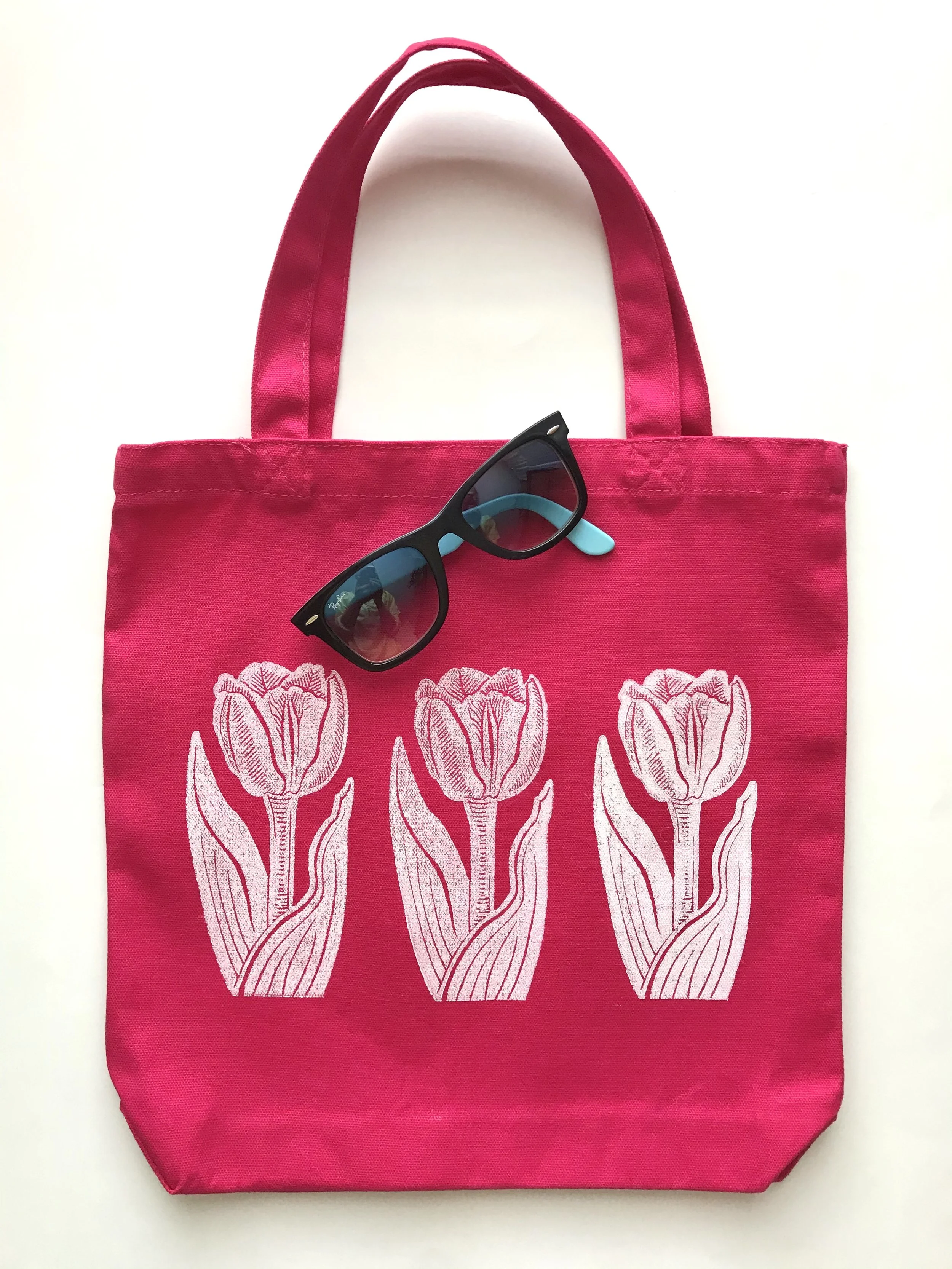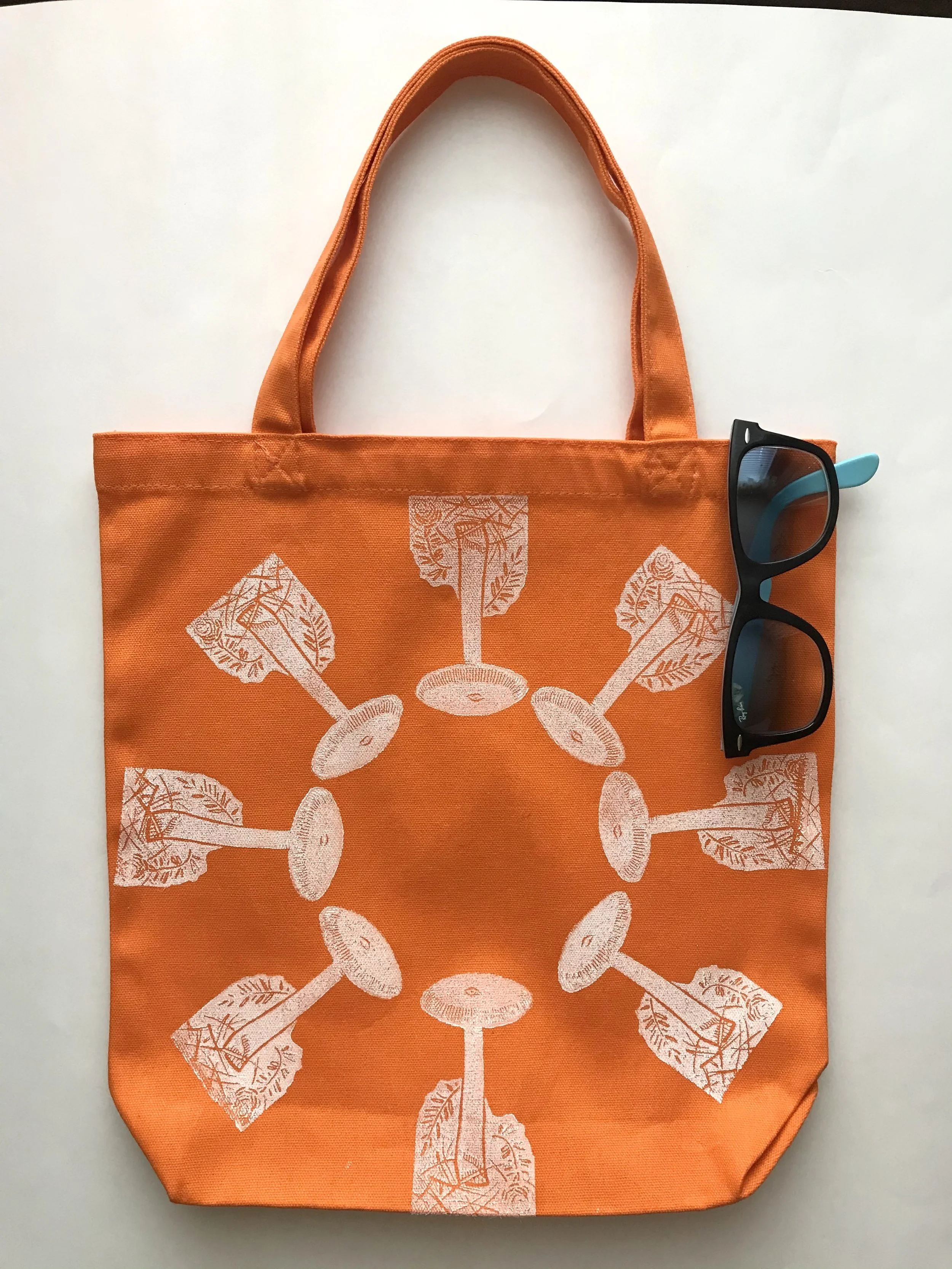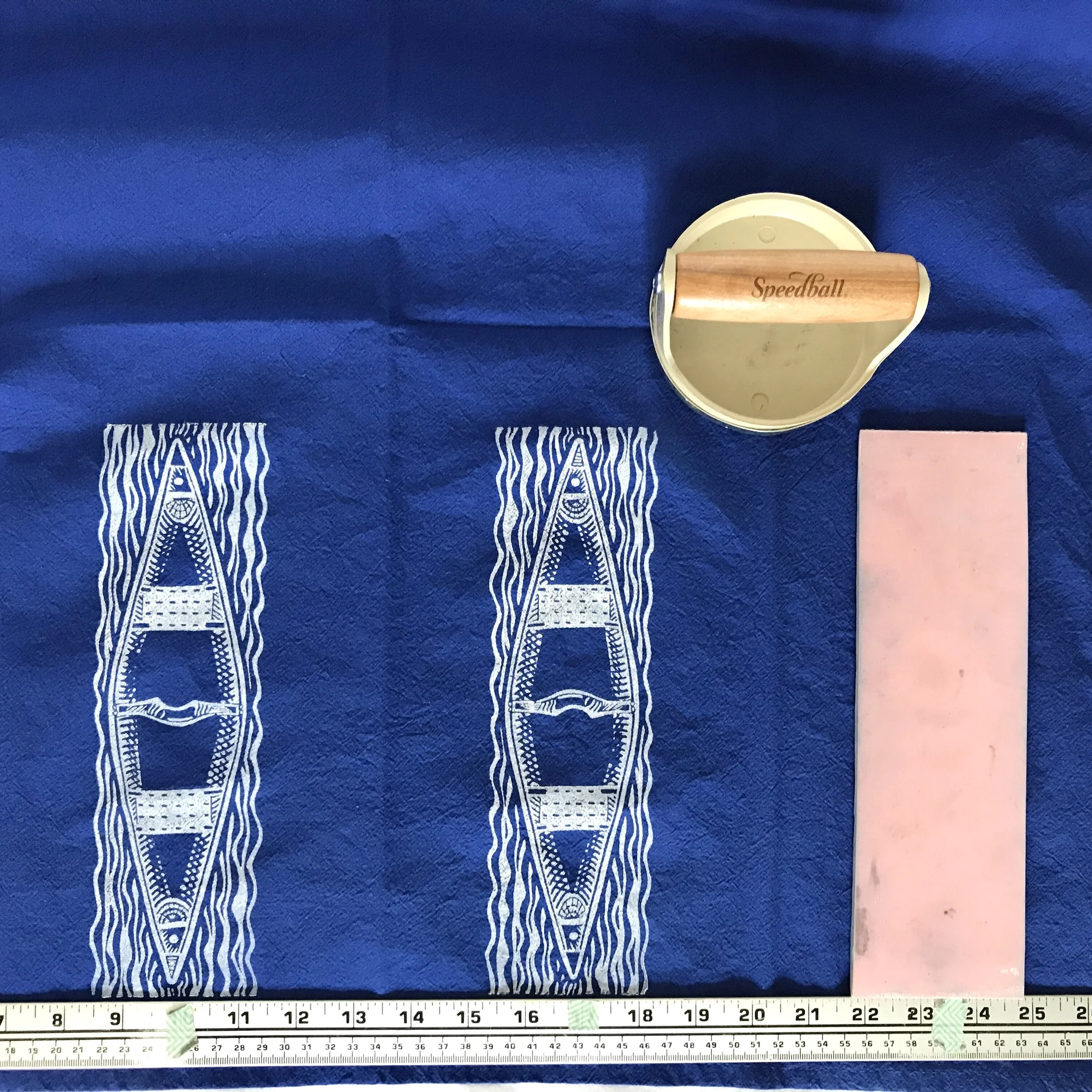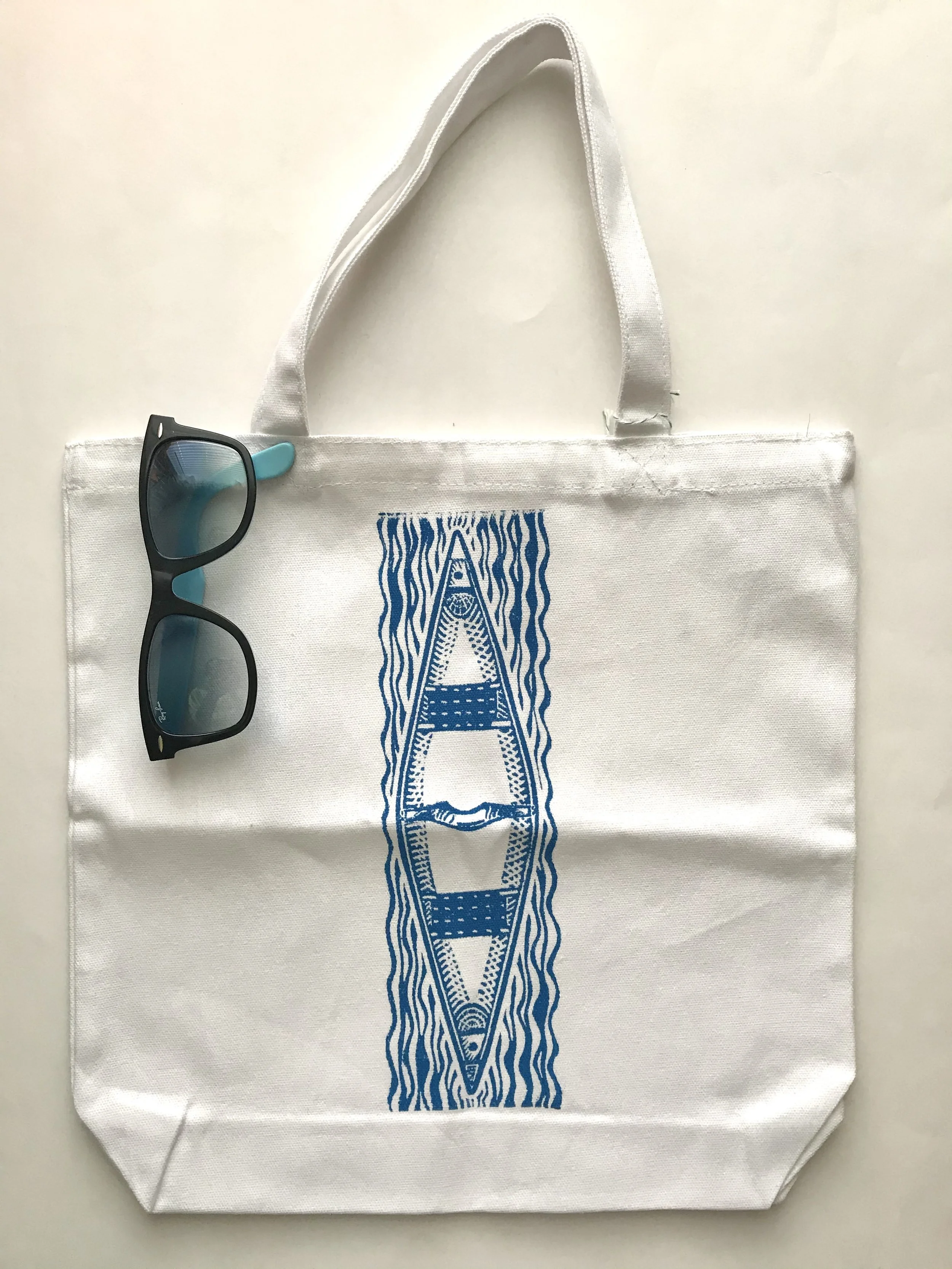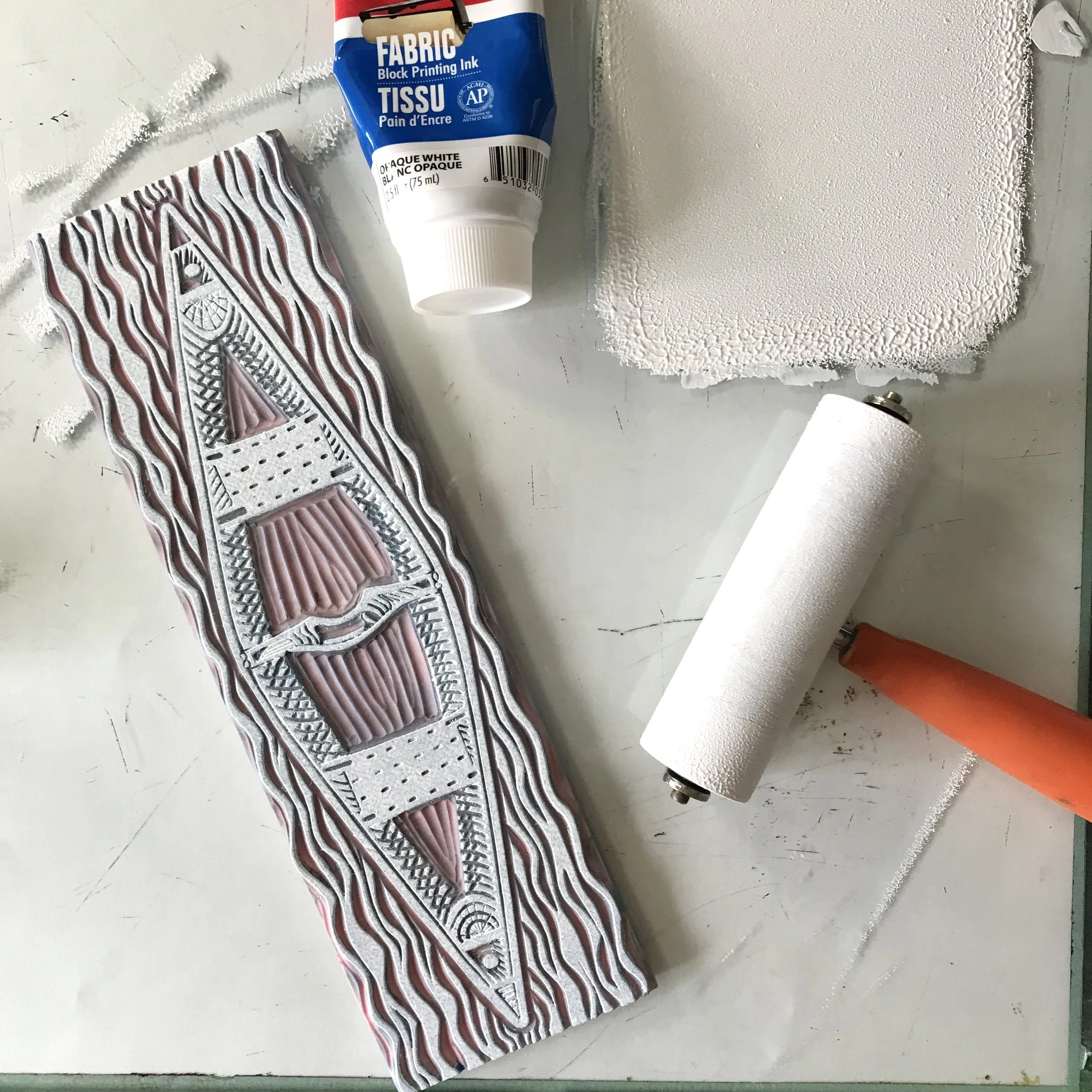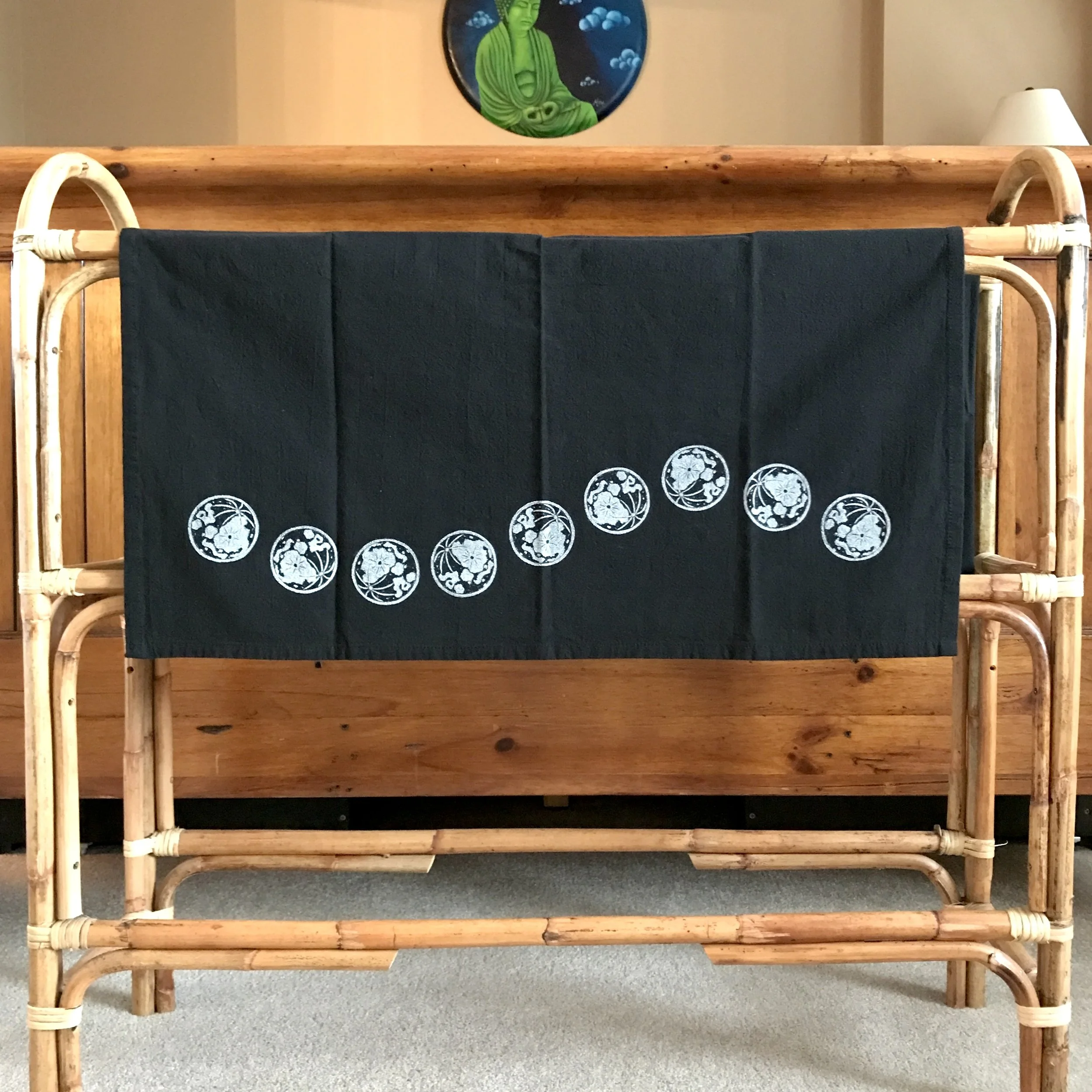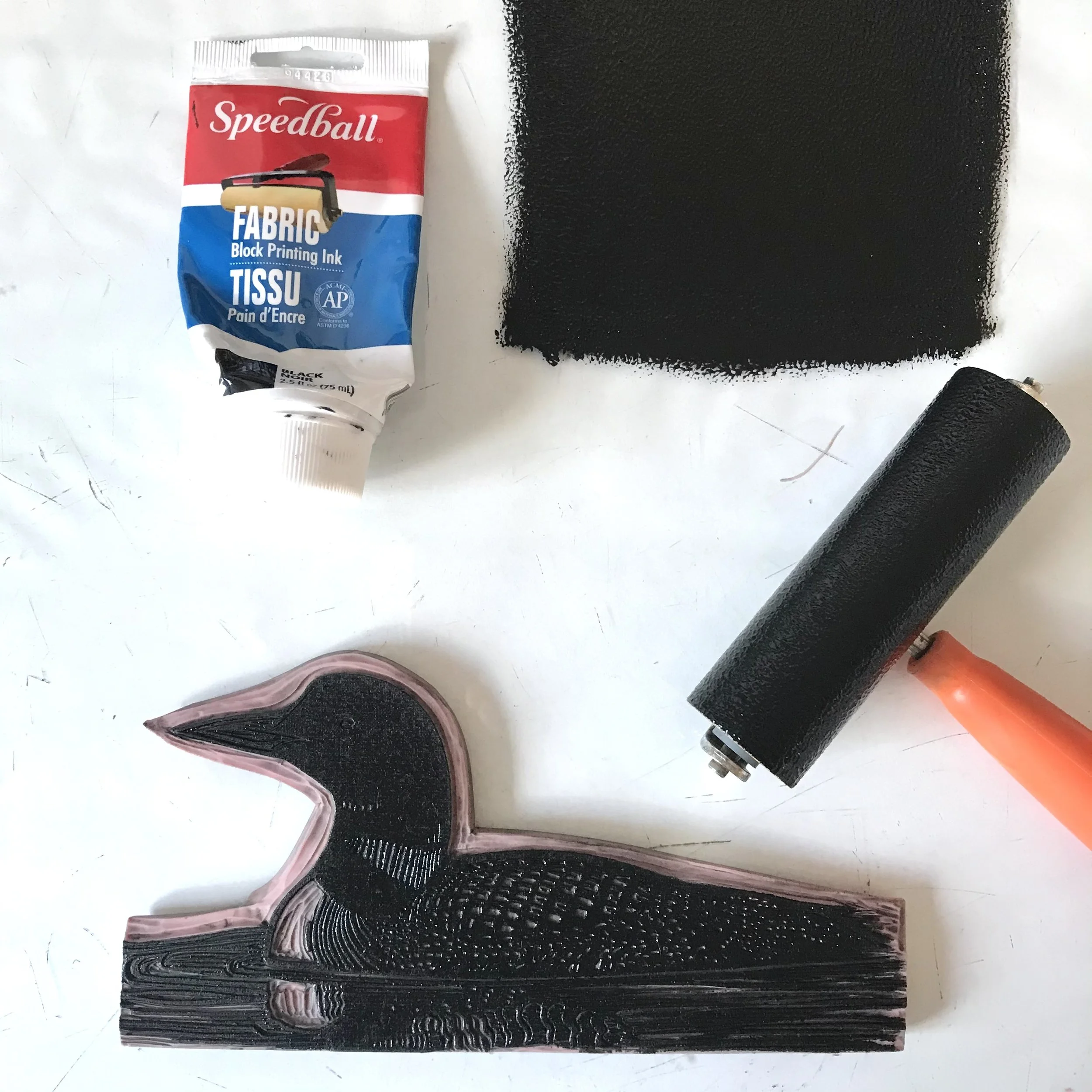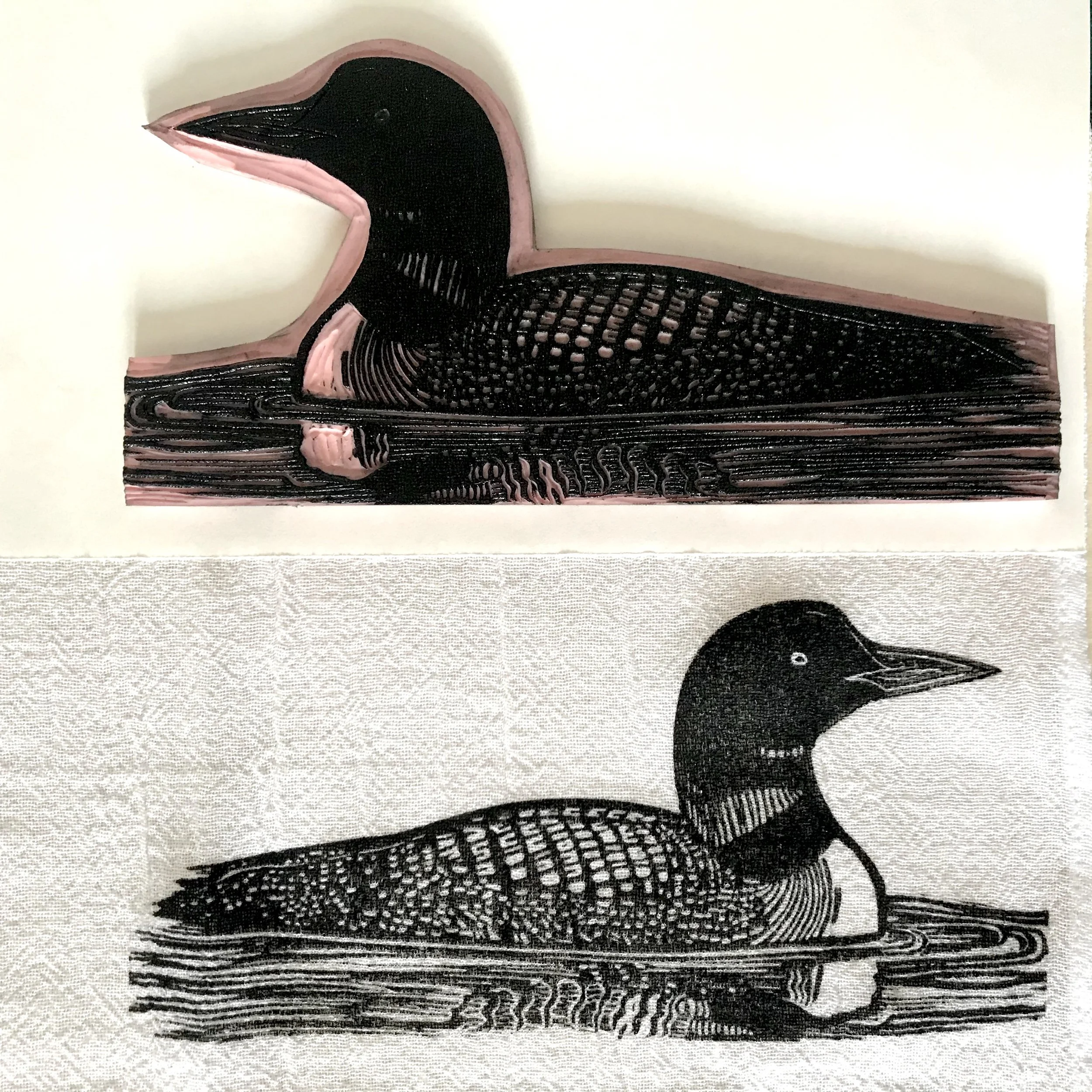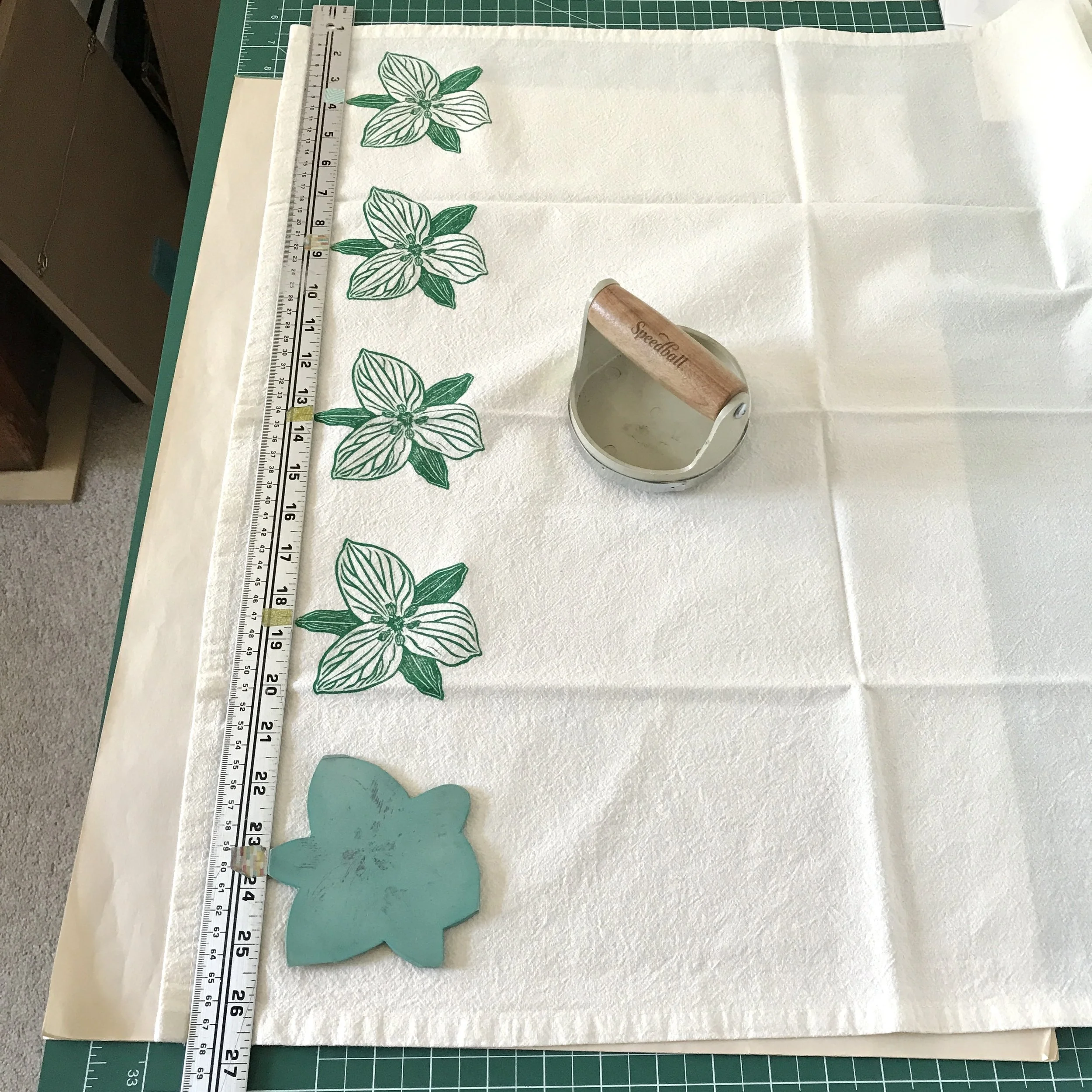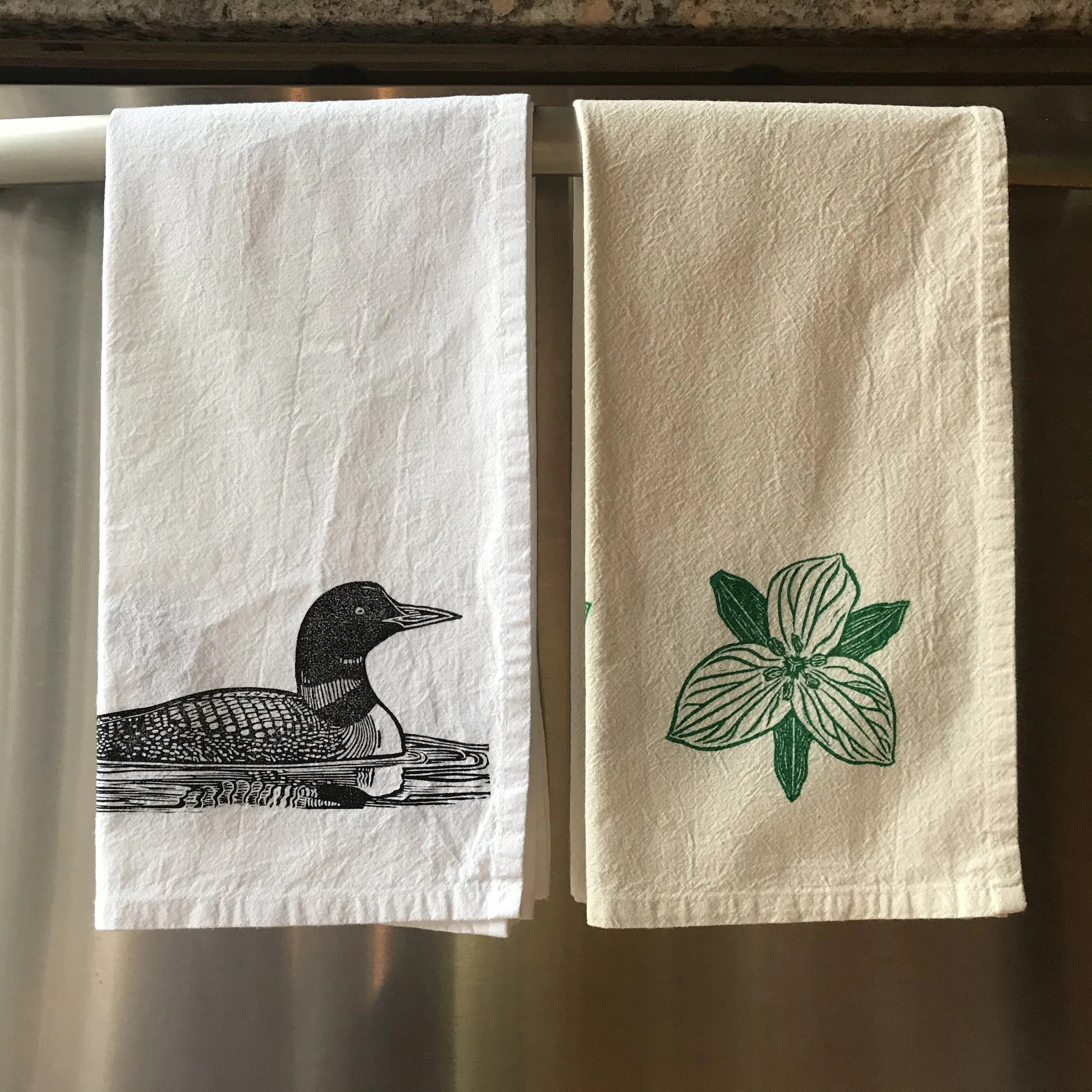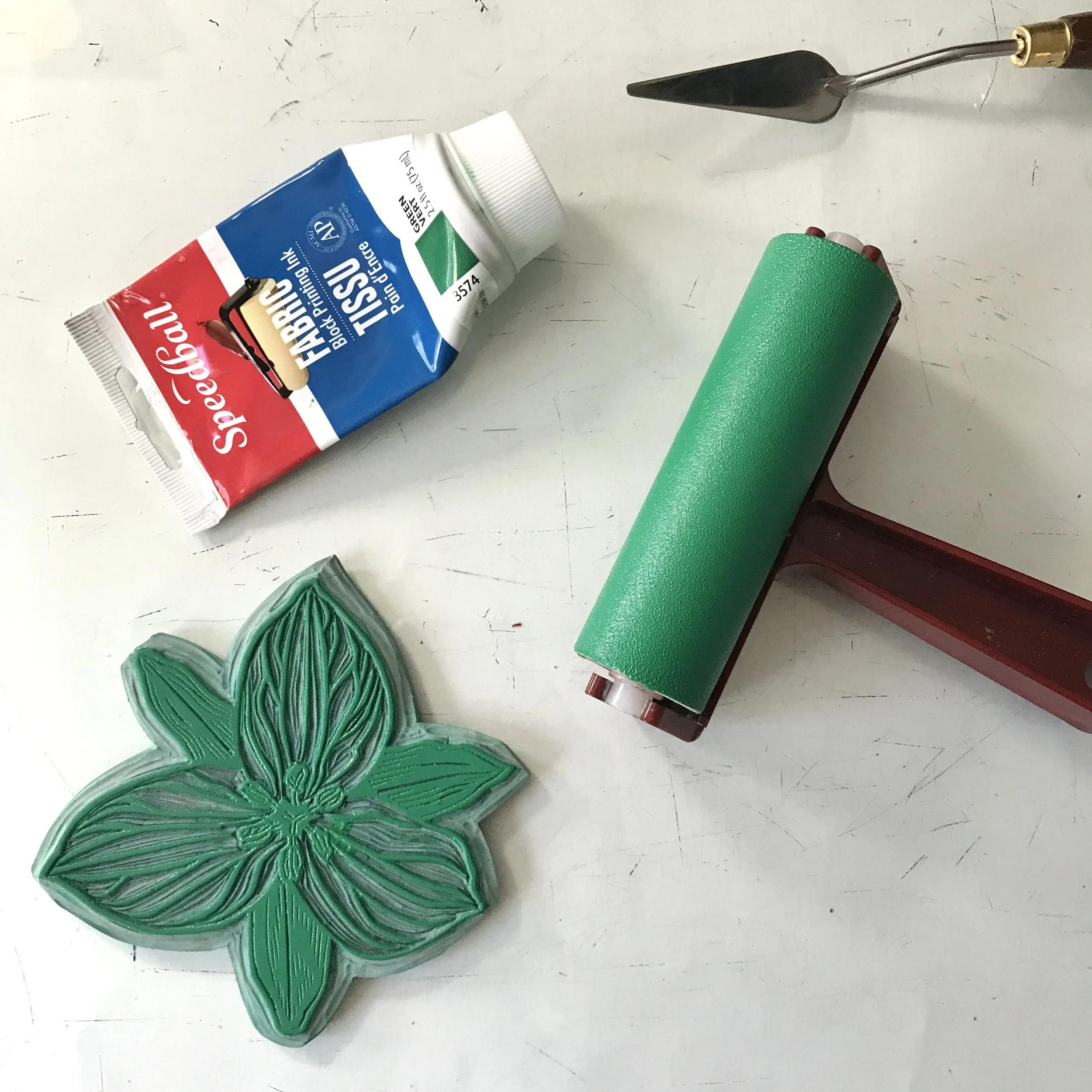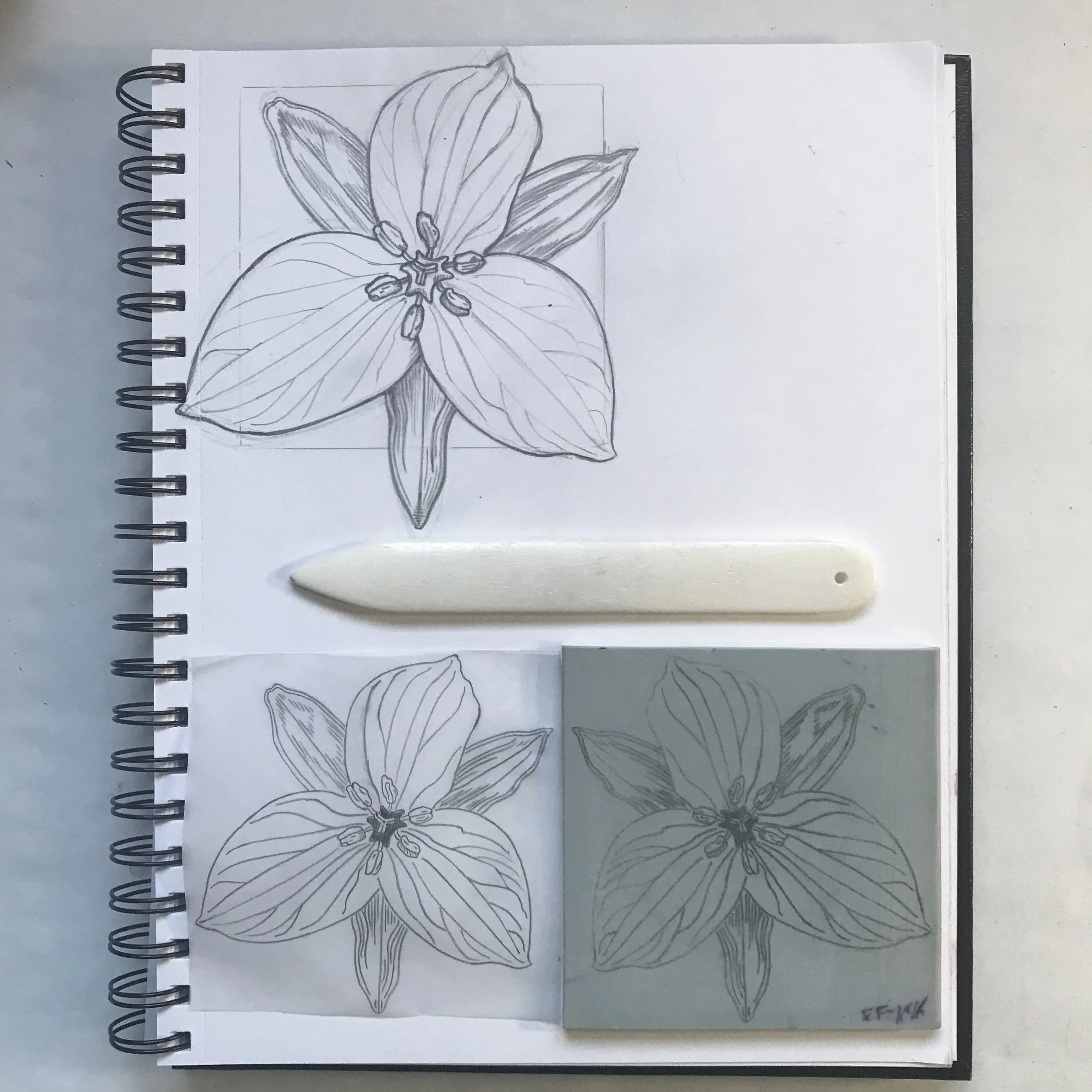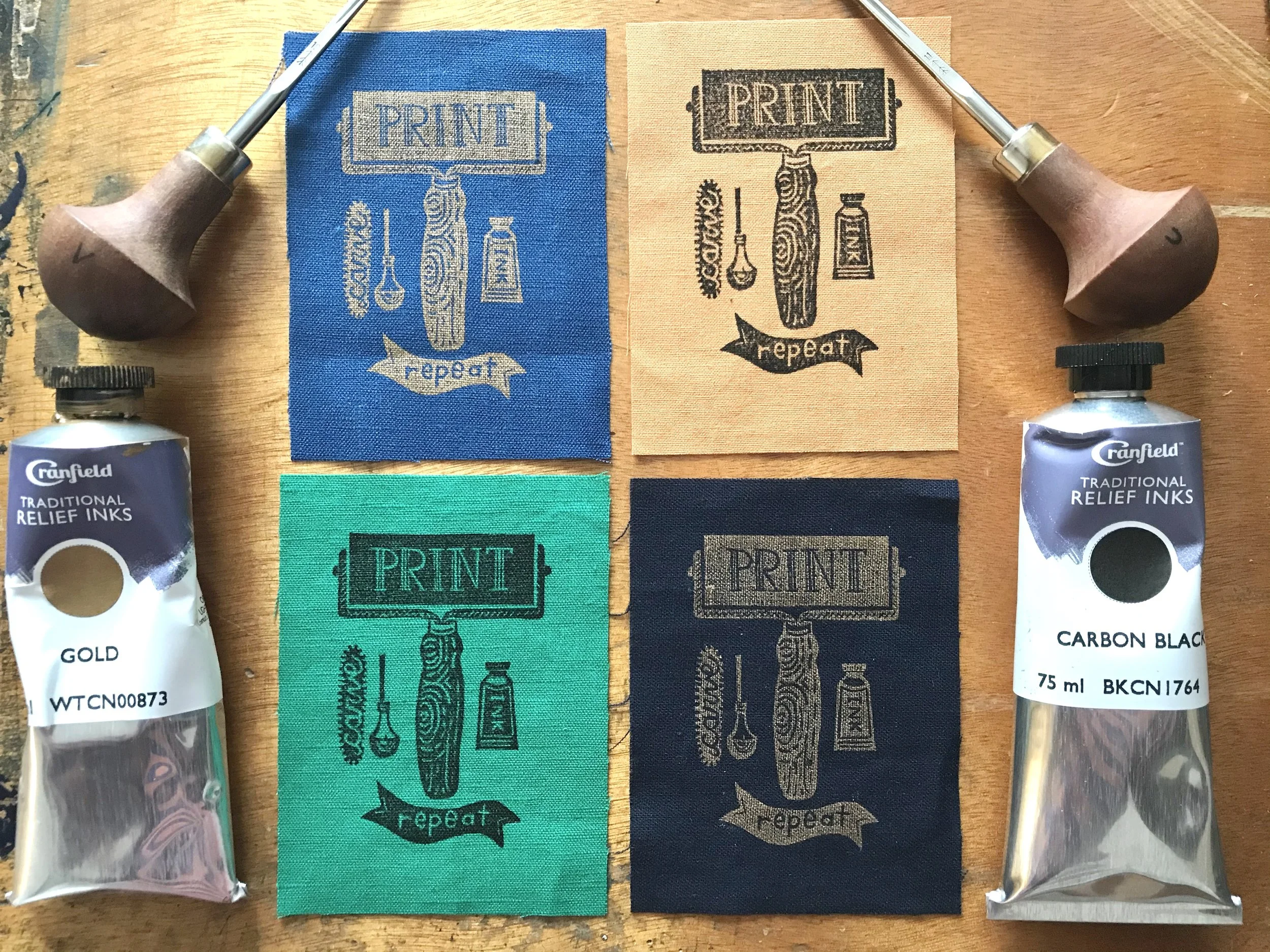What are
block-printed textiles?
Block-printing on textiles is a form of relief printmaking that has its origins in Egypt & China, where there was a long tradition of fabric enhancement through weaving and embroidery. It was then discovered that it was much easier to decorate fabric by stamping with natural dyes, creating repeating patterns on smooth cloth such as linen, cotton & silk destined for their royalty. The East Indies elevated the practice to its highest visual expression and East Indian craftspeople continue to be known worldwide for their skilled use of hand-carved wooden blocks for printing textile decoration, dipping wood stamps in a tray of dye before pressing them firmly down on the surface of fabric and then striking the back with a wooden mallet. While this method of printing on textiles is labour-intensive, it is valued for its unique, hand-crafted quality and intricate designs.
In the 20th century, block-printing fell out of favour when commercial silkscreen was developed from Japanese stencil-printing. This new printing method offered a faster, cheaper, and more “perfect” design aesthetic. Popularized by Andy Warhol, it requires specialized equipment and materials, sometimes including toxic chemicals, which can make it a more complicated method for those who wish to print on textiles at home.
Modern materials such as synthetic soft-cut linoleum have made the process of block-printing more widely accessible and appealing again. Following the same principles as linocut & woodcut, the artist carves away the negative areas of the design and prints from the remaining raised surface. Soft-cut is much easier to carve than traditional linoleum and wood, is relatively durable, and is also very versatile in allowing for designs to be printed on both paper and fabric. New textile printmaking inks have also been developed which no longer require the heat-setting of silkscreen inks and are easier to clean up.
While printing on smooth fabrics still produces the best results, block-printing results in a more textured print than silkscreen, an aesthetic that is embraced and considered part of its charm.

